please remember you can click on a photo to see a larger version
We always
sleep the best out on trips like this. A lone coyote sang before dawn, a sweet
addition to our dreams. Nearer daylight the Lady looked out the window near her
head. "You need to get outside," she whispered in my ear. "I'll
make coffee."
After our
morning coffee walk and breakfast, it was time - time to visit the Blue Sphinx.
Up beyond
the Blue Sphinx was a building sitting in a saddle in the ridge line.
We believed
this was part of the Golden Pen mine.
It was a
beautiful morning for a hike.
The Blue
Sphinx watched our approach.
From the
Blue Sphinx mine, the outcropping looked more like a blue monitor lizard.
Besides an
old dugout built into the mountainside, the main item of interest is the mine
shaft.
From this
area the Lady was calling the outcropping the Blue Duck. A little further on
and I thought it was becoming the Blue Eagle.
The
outcropping finally morphed into the Blue Monkey, but we had decided we'll
stick with the established USGS name, the Blue Sphinx.
The Lady
could not resist a high point on the ridge above.
From this
high point, we plotted a route. We would venture down and visit the sphinx and then climb over the ridge and drop down to the Golden Pen mine. From there we
would then descend into the canyon below and take that route back to camp. The
next series of photos are self explanatory.
The rock
looks to be blue gray volcanic tuff. It is light in weight. I'd love to see the
Blue Sphinx after a soaking rain. Perhaps it turns a deep blue color.
The views
were spectacular.
This was, as
the Lady called it, "the virgin carry" of our new daypacks.
Because of
the steep side hills between us and the Golden Pen mine, it was much easier to
climb the ridge and then descend to the buildings.
An extensive
can dump lay down slope from the main building. With the flour boxes and canned
goods we imagined these folks were living on biscuits and beans.
What a view
to enjoy every day.
Although the
place was falling apart, it was not shot to pieces, the usual fate of abandoned
sites in the West. This was a most pleasant surprise. The can dump was very much
intact and undisturbed.
The Lady led
the way down into the canyon, our return route back to the truck.
Heavier
pieces of glass have moved down slope.
We discovered
fresh bobcat tracks heading down canyon, rounder than canine tracks and without
claw marks.
We had
explored the lower section of the canyon the evening before. These cat tracks
were on top of our old boot tracks telling us it had probably traveled through during
the night.
The blue
tuff outcropping was exposed further down in the canyon bottom.
We easily
reached the widening canyon mouth and climbed back up to our truck and camper.
It was
before 11:00 am, time to break camp, and head for home.
What will be
the next landmark that pops out on a topographic map and calls to us? We
can't wait!
Addition -
Our friend, Foy, on the east coast provided this information on the geology we encountered. We find this information fascinating and certain helps bring the landscape to life.
Great TR, as always. Also as always, CA and NV provide some great geology. The Blue Sphinx is the type locality of the Blue Sphinx tuff, an otherwise unremarkable Tertiary quartz latite tuff. As usual, the mining stuff appeals to me the most, especially with the plans to visit Terlingua, TX towards the end of the year. In its heyday, the Terlingua District produced around 25% of the US supply of mercury. At the Poinsettia Mine, NV, as at many of the Terlingua mines, a simple retort was erected to extract the mercury in its elemental liquid form. Cinnabar is mercury sulfide and the mercury metal is readily extracted by crushing the ore crudely into gravel-sized chunks, charging an iron cylinder with the crushed ore, and heating the vessel. The mercury boils at around 700 deg F so the resulting mercury vapor rises up through the inclined vessel and is captured and directed through a condenser coil to become liquid mercury at room temperature. Thus the retort is a crude distillation process. The distilled mercury was captured in an iron flask with standard weight of 76 lbs. Due to its high density, a flask of mercury is only around 2 liters (roughly a half gallon) of liquid metal. With the relatively simple/crude milling requirement and similarly simple/crude distillation process to recover the metal, there was no reason to transport the ore long distances, so many mines had milling and distillation facilities on site.
Foy
Also, I found this link to an old geology text book, very cool information on the Blue Sphinx Tuff that Foy mentions above -
Blue Sphinx Tuff
Thanks again Foy!
Addition -
Our friend, Foy, on the east coast provided this information on the geology we encountered. We find this information fascinating and certain helps bring the landscape to life.
Great TR, as always. Also as always, CA and NV provide some great geology. The Blue Sphinx is the type locality of the Blue Sphinx tuff, an otherwise unremarkable Tertiary quartz latite tuff. As usual, the mining stuff appeals to me the most, especially with the plans to visit Terlingua, TX towards the end of the year. In its heyday, the Terlingua District produced around 25% of the US supply of mercury. At the Poinsettia Mine, NV, as at many of the Terlingua mines, a simple retort was erected to extract the mercury in its elemental liquid form. Cinnabar is mercury sulfide and the mercury metal is readily extracted by crushing the ore crudely into gravel-sized chunks, charging an iron cylinder with the crushed ore, and heating the vessel. The mercury boils at around 700 deg F so the resulting mercury vapor rises up through the inclined vessel and is captured and directed through a condenser coil to become liquid mercury at room temperature. Thus the retort is a crude distillation process. The distilled mercury was captured in an iron flask with standard weight of 76 lbs. Due to its high density, a flask of mercury is only around 2 liters (roughly a half gallon) of liquid metal. With the relatively simple/crude milling requirement and similarly simple/crude distillation process to recover the metal, there was no reason to transport the ore long distances, so many mines had milling and distillation facilities on site.
Foy
Also, I found this link to an old geology text book, very cool information on the Blue Sphinx Tuff that Foy mentions above -
Blue Sphinx Tuff
Thanks again Foy!

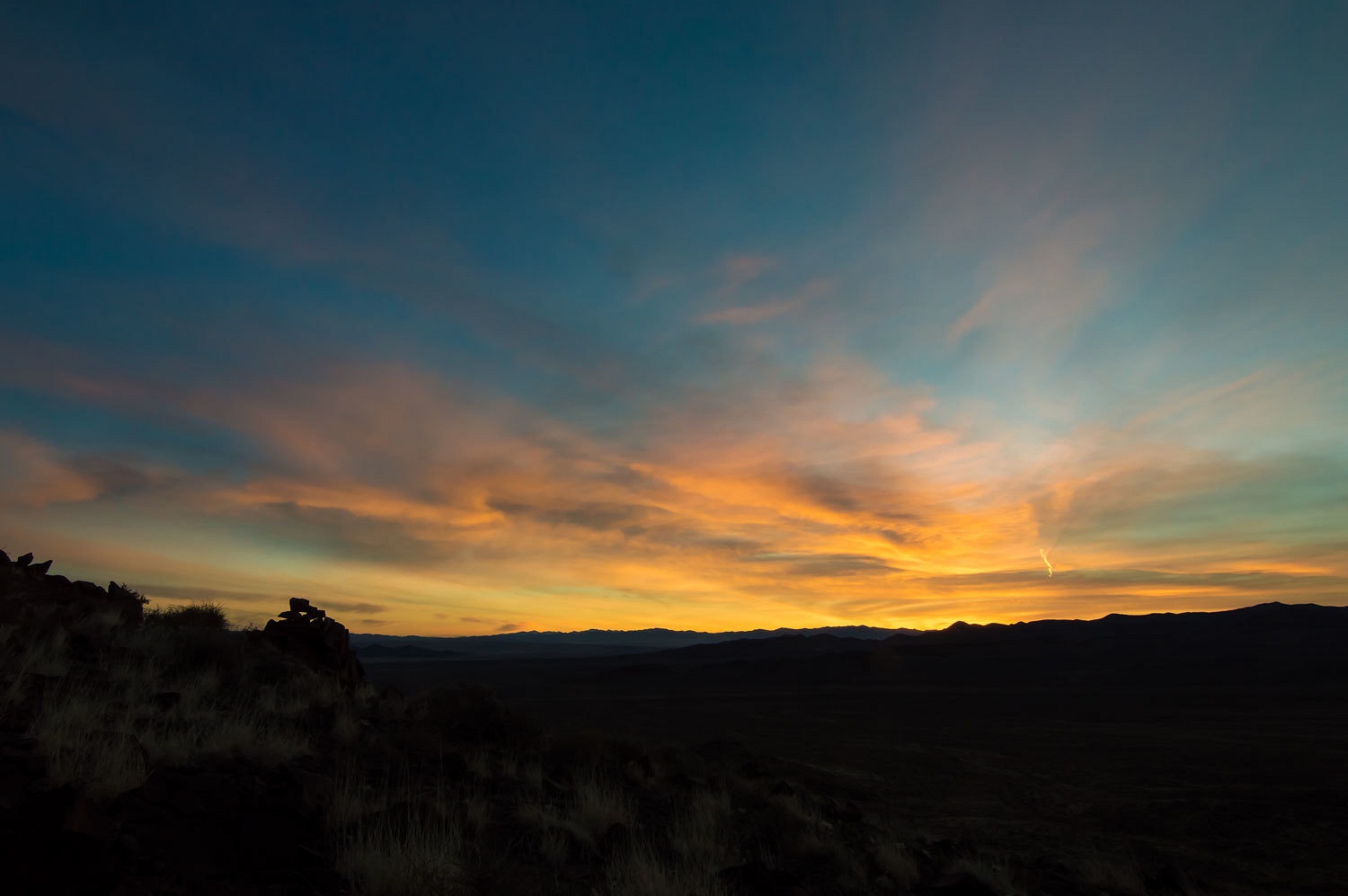

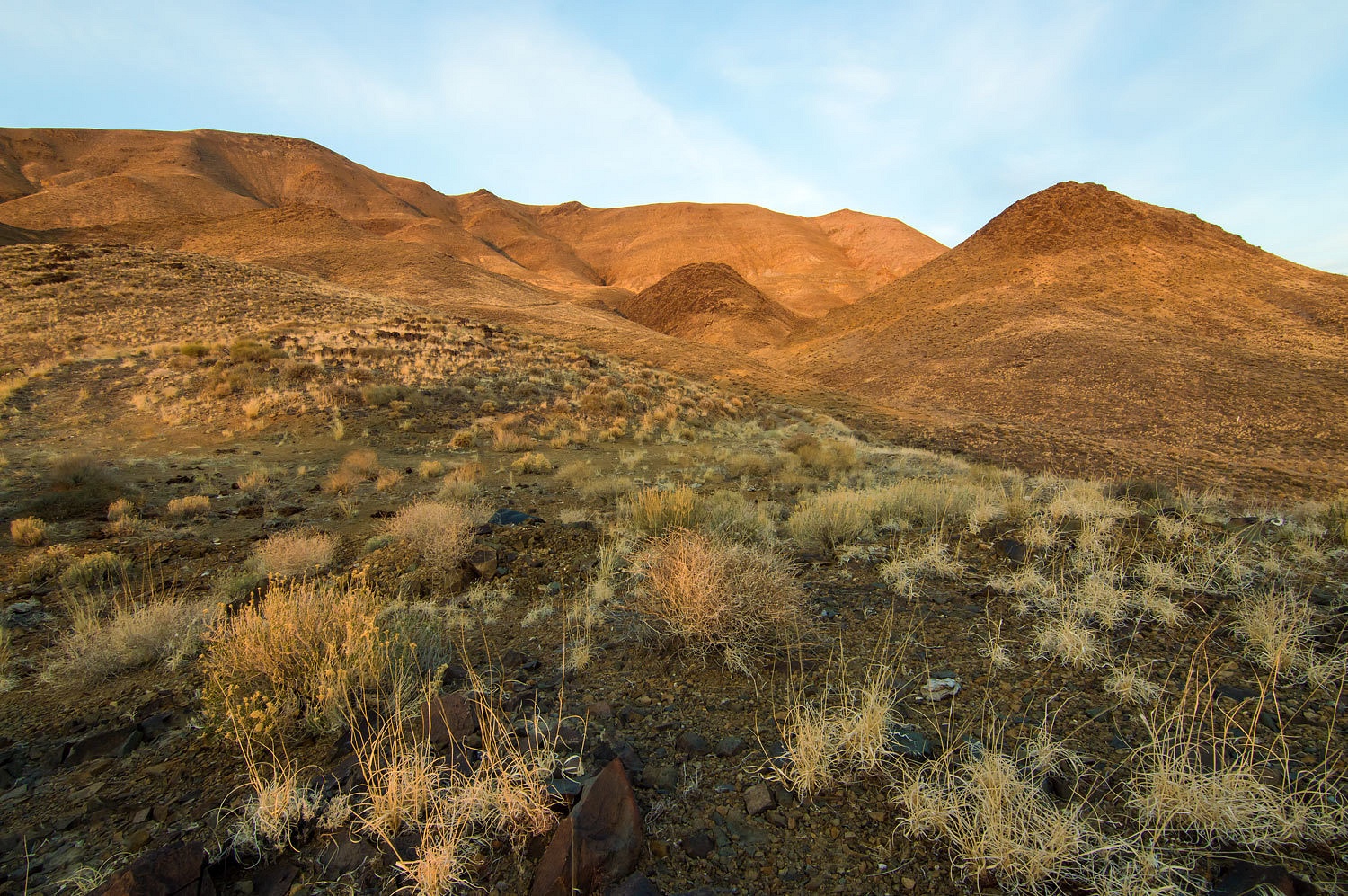
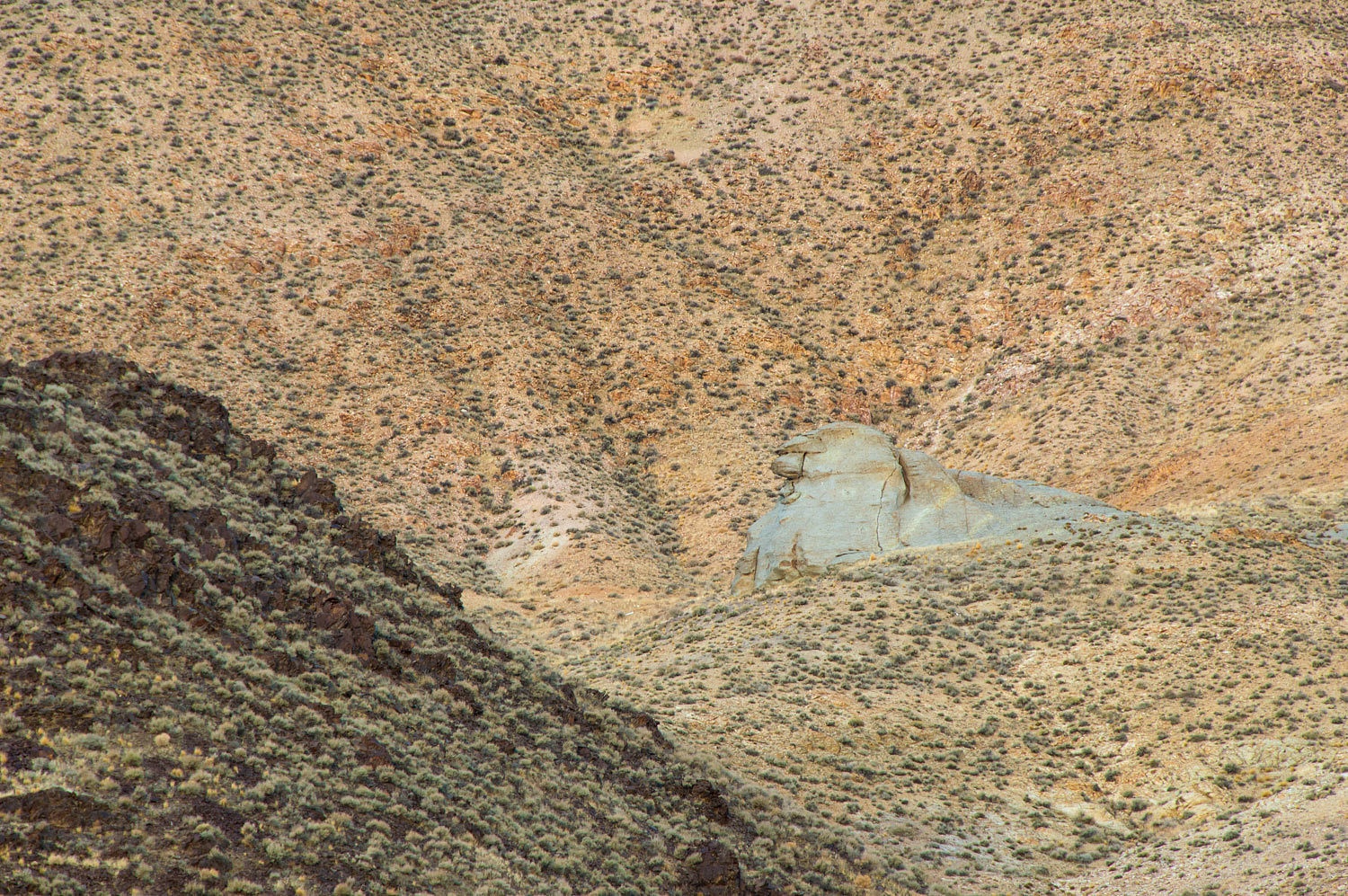
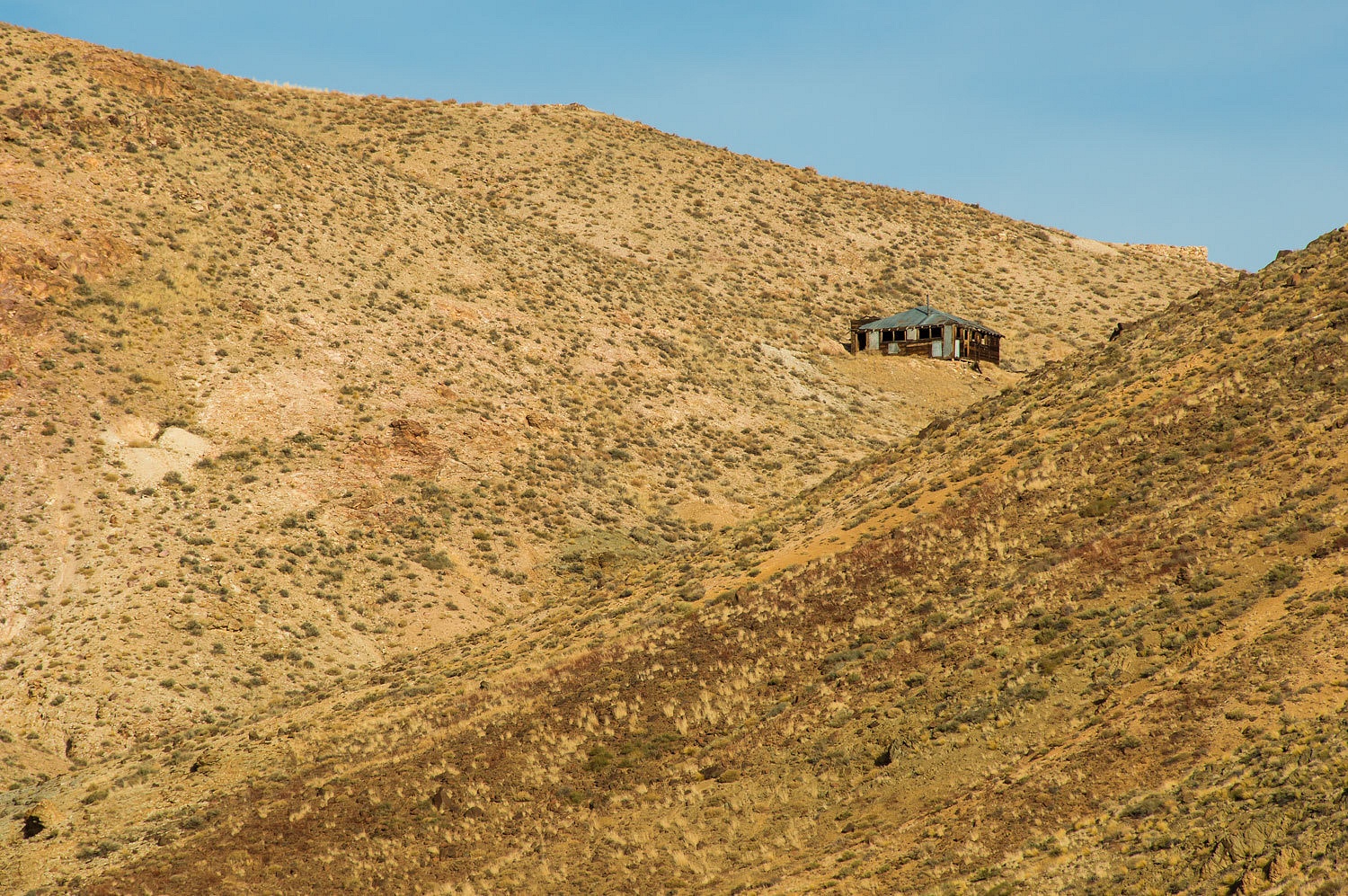


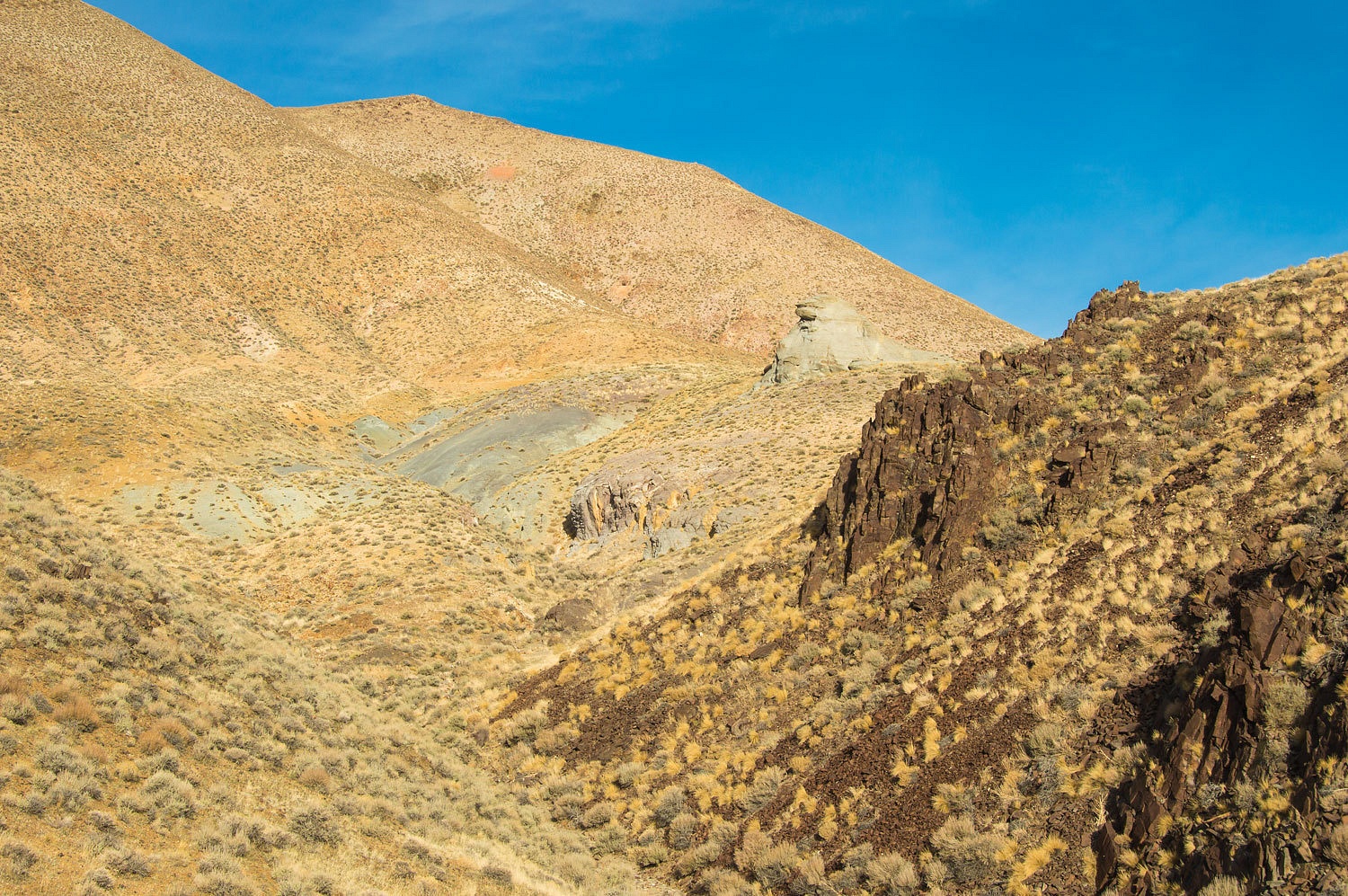
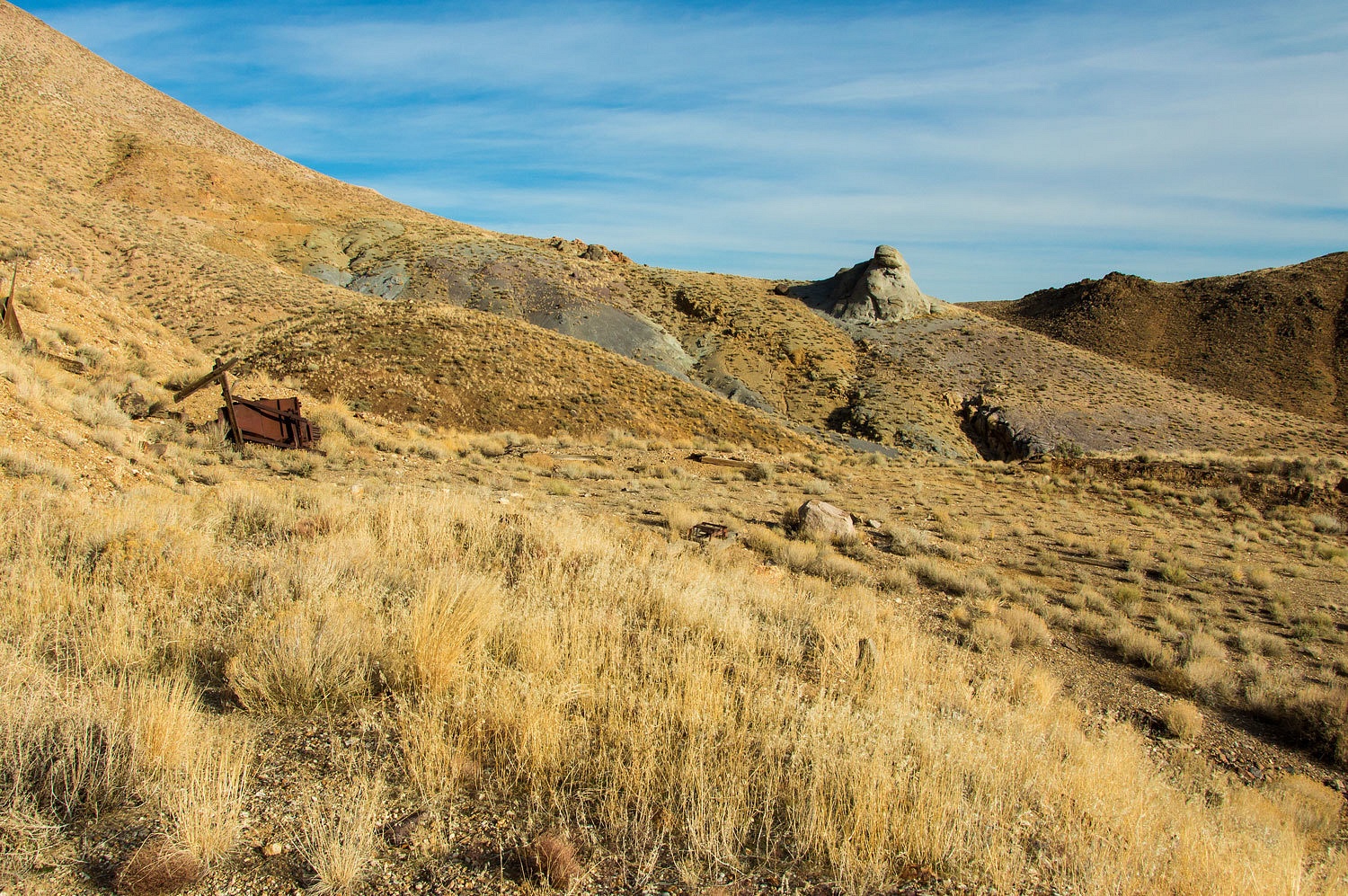
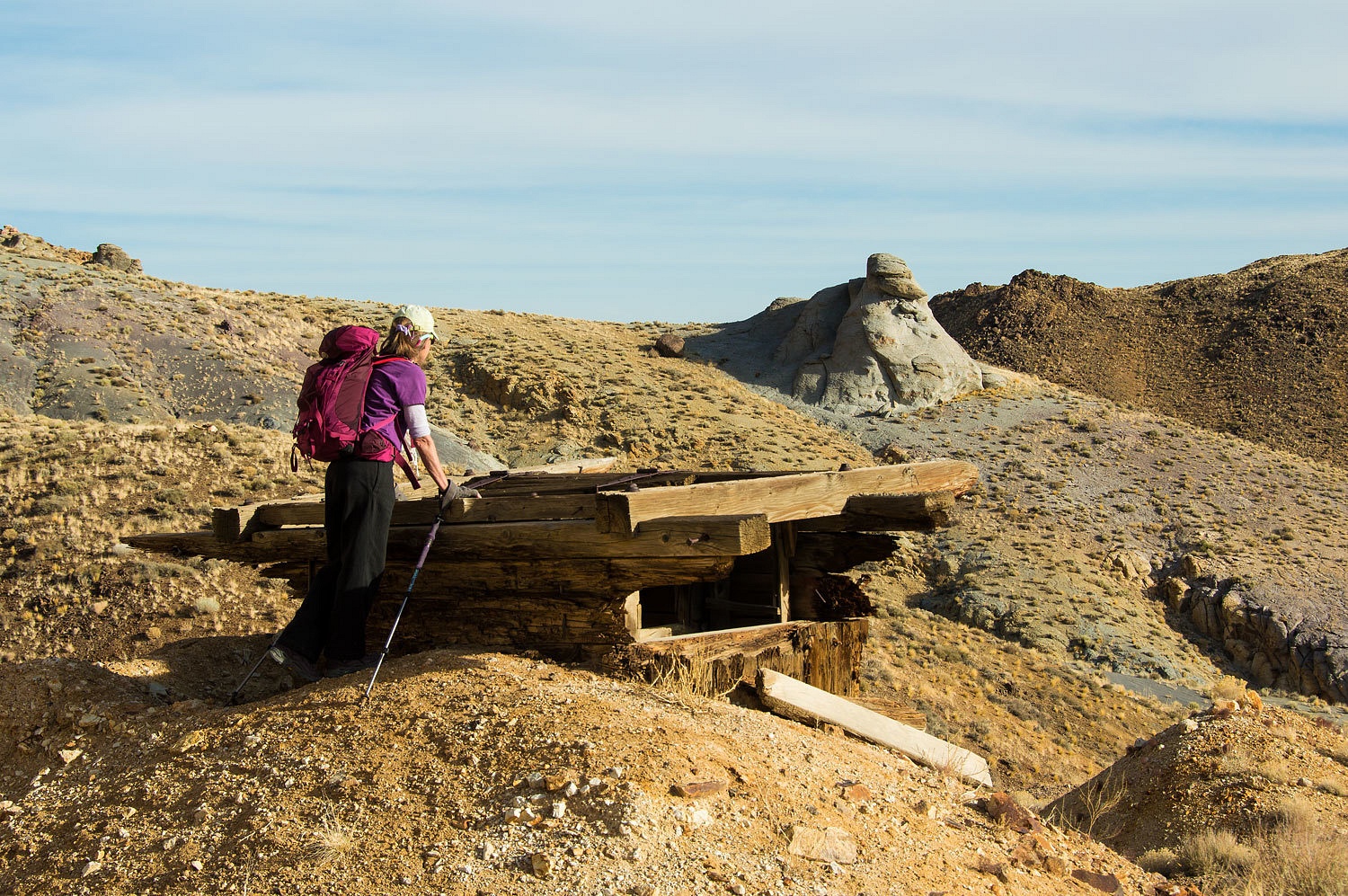
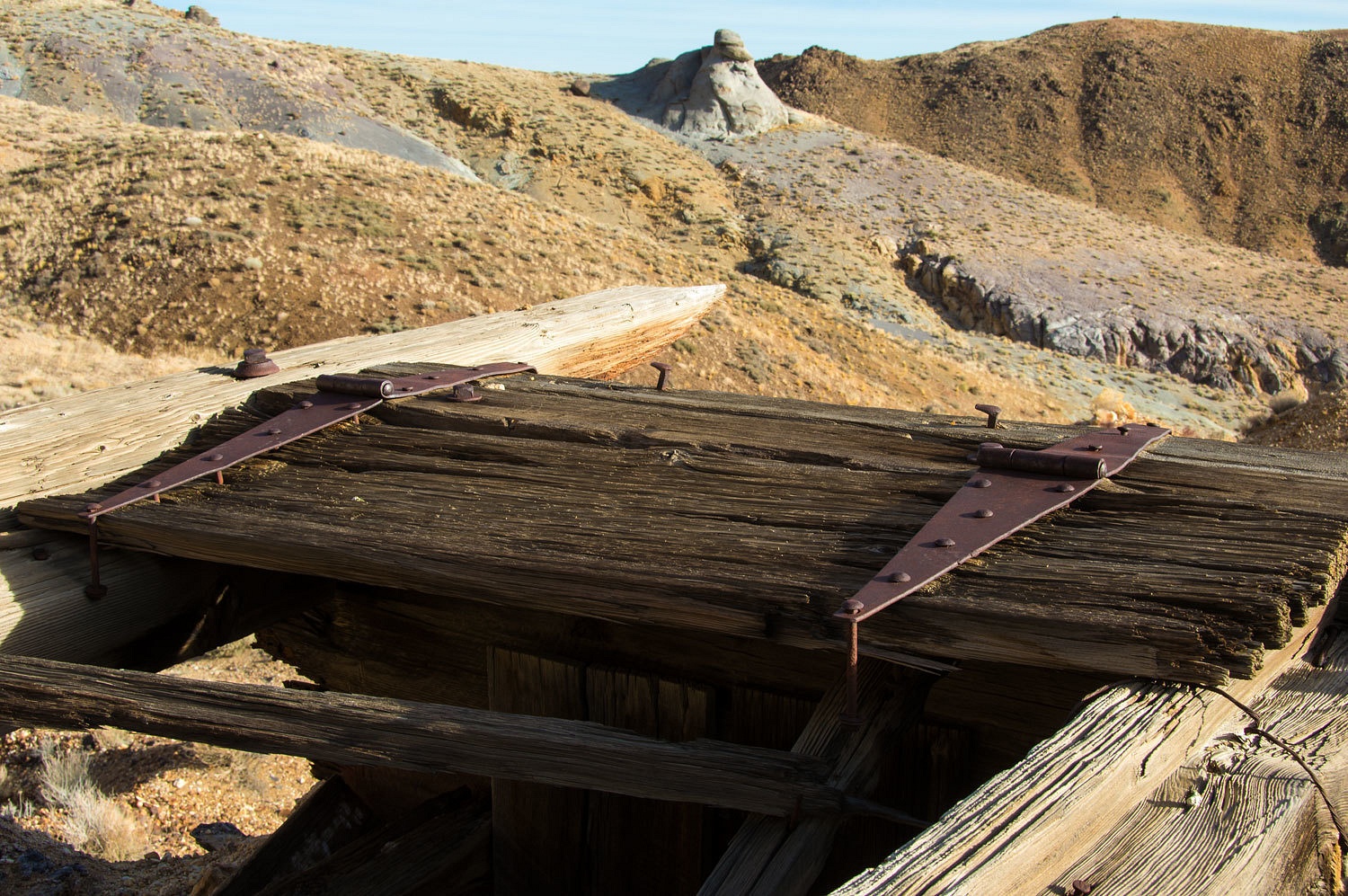
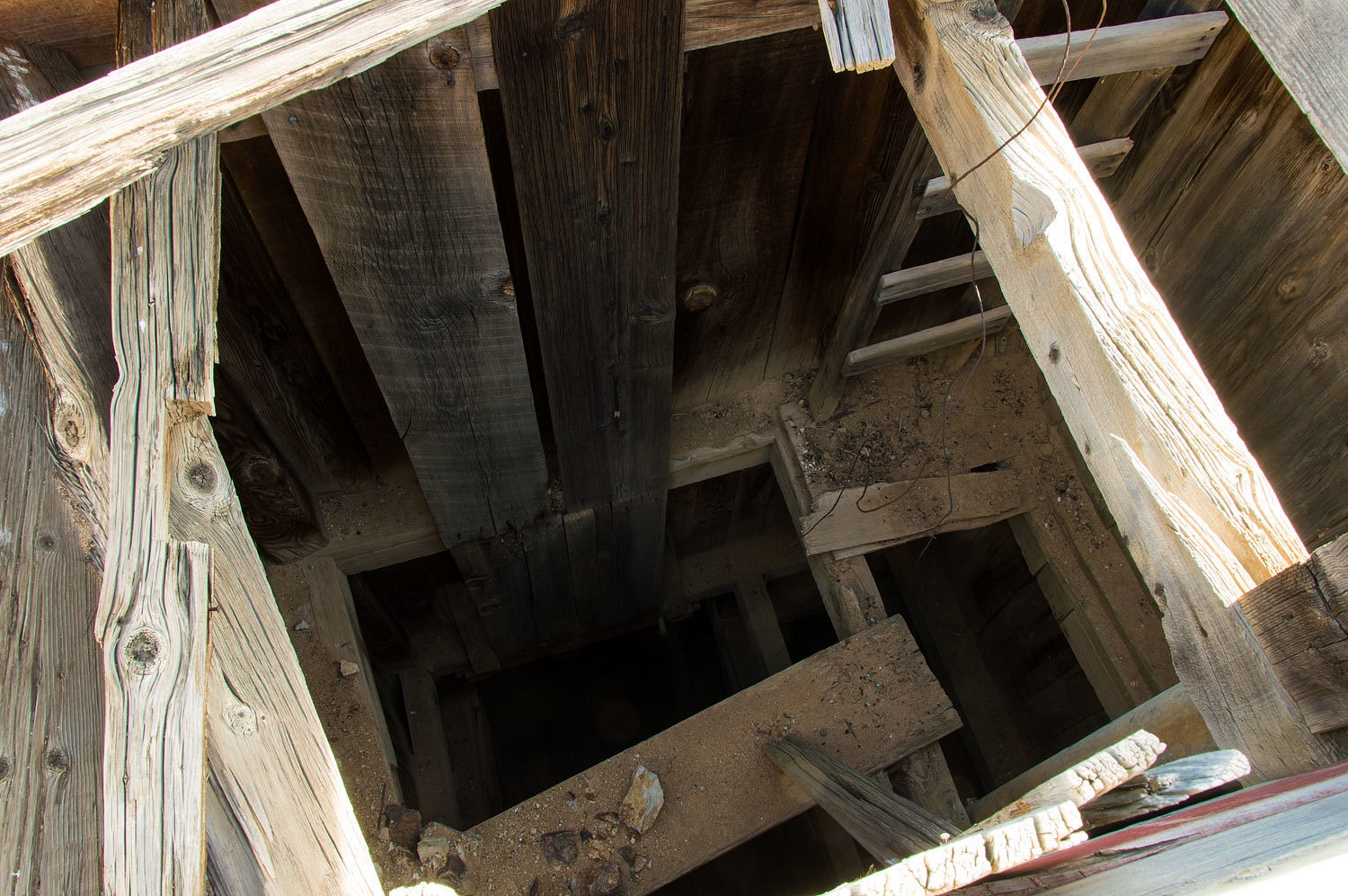
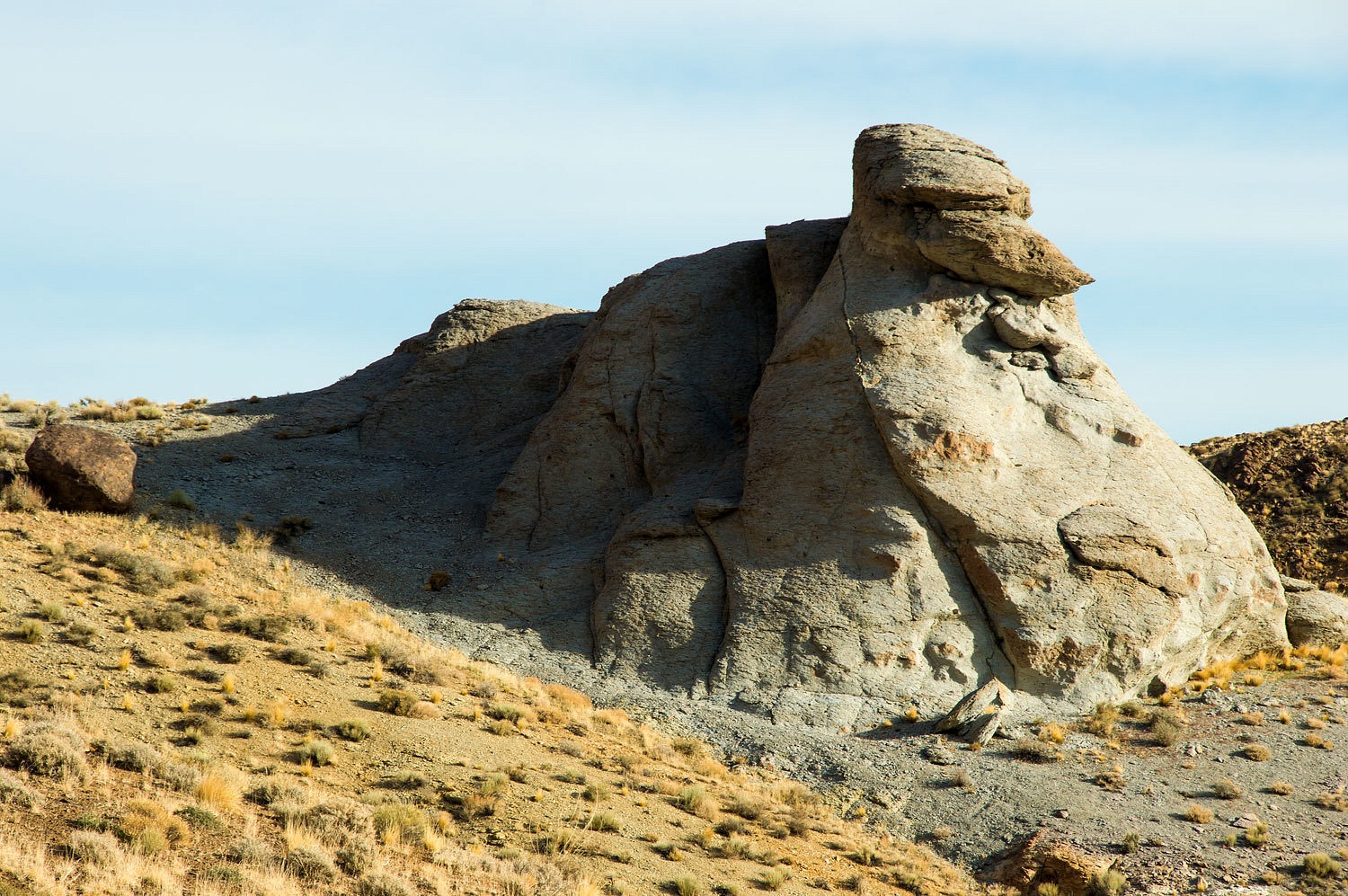
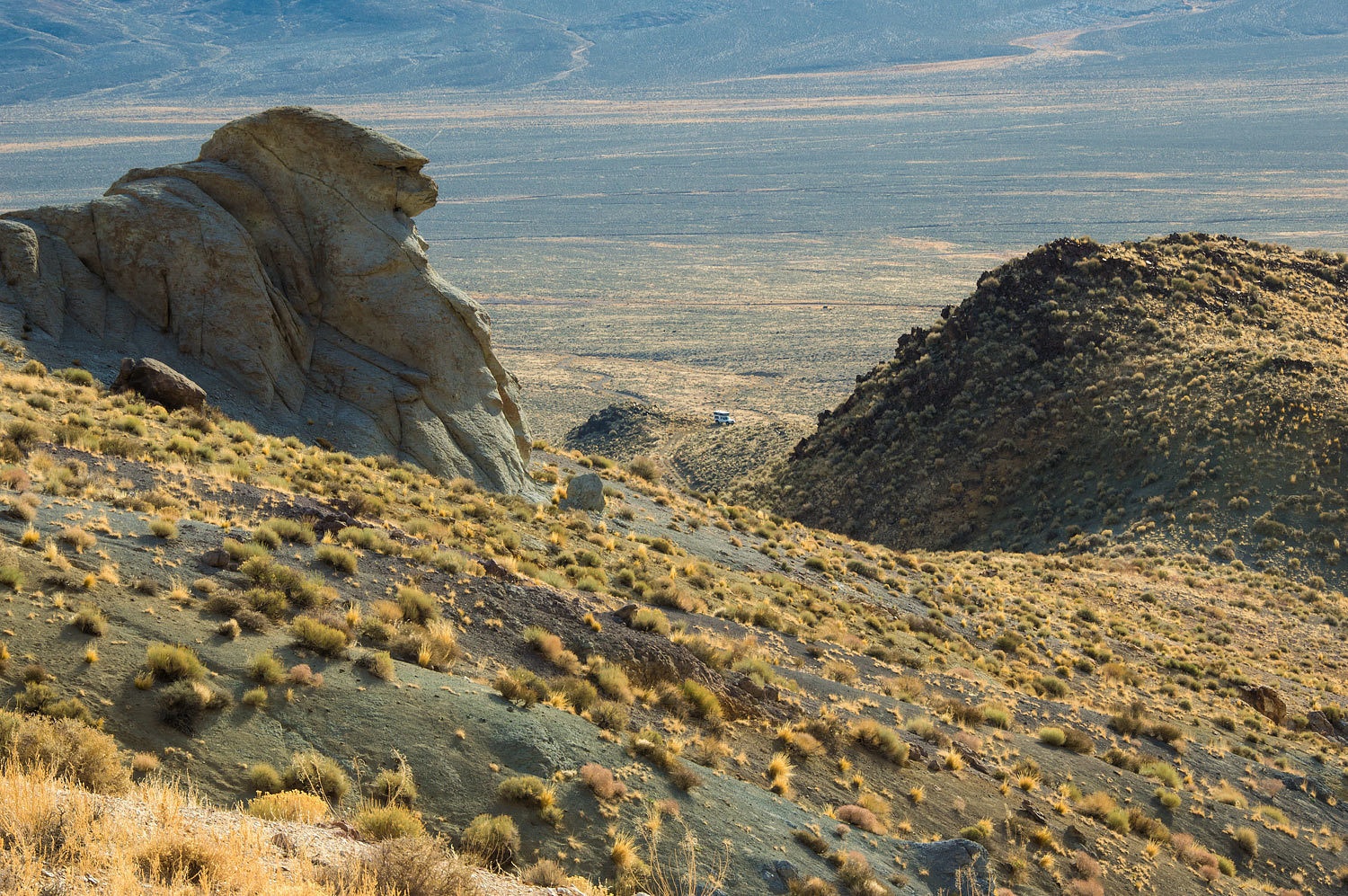

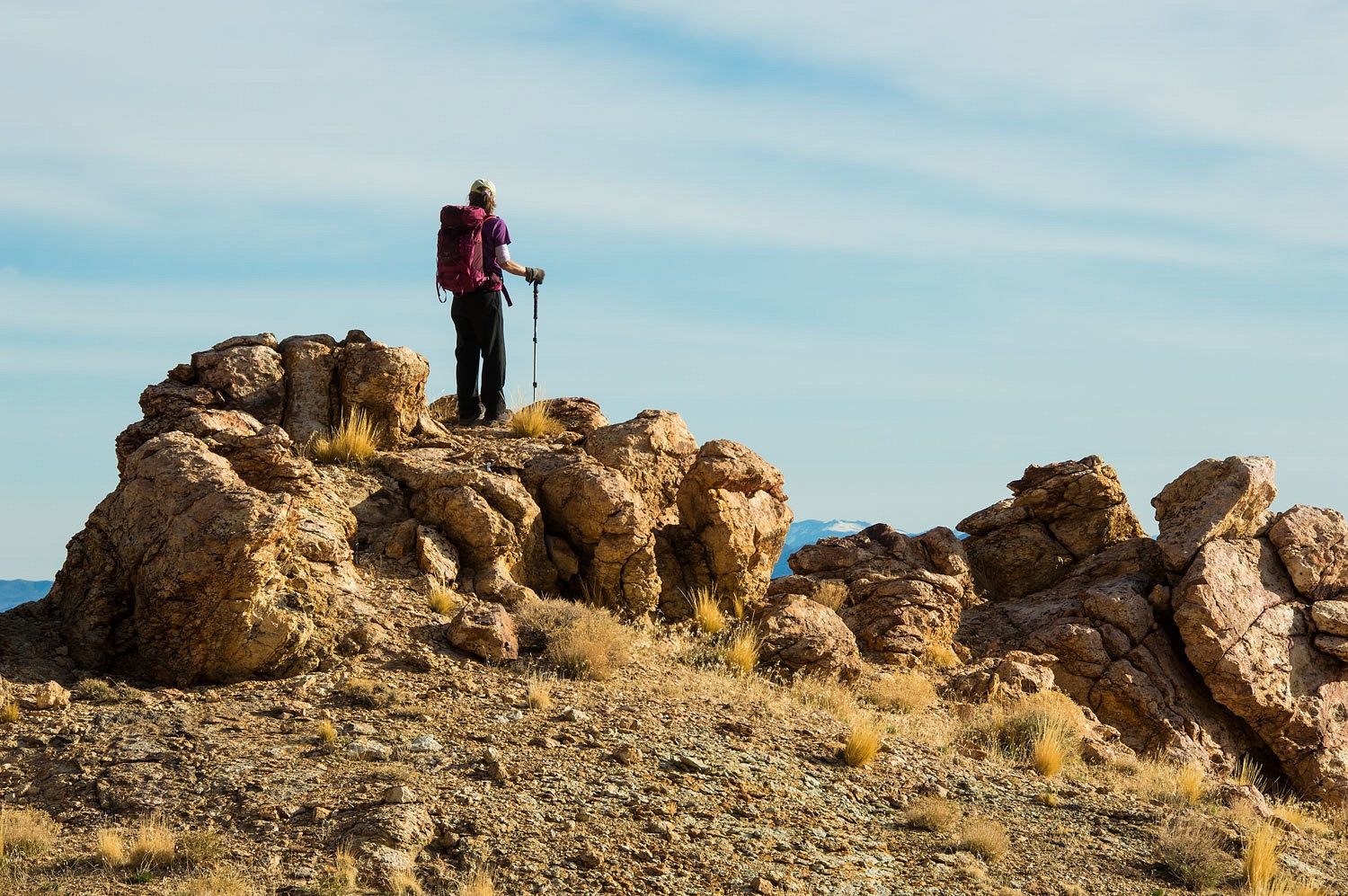
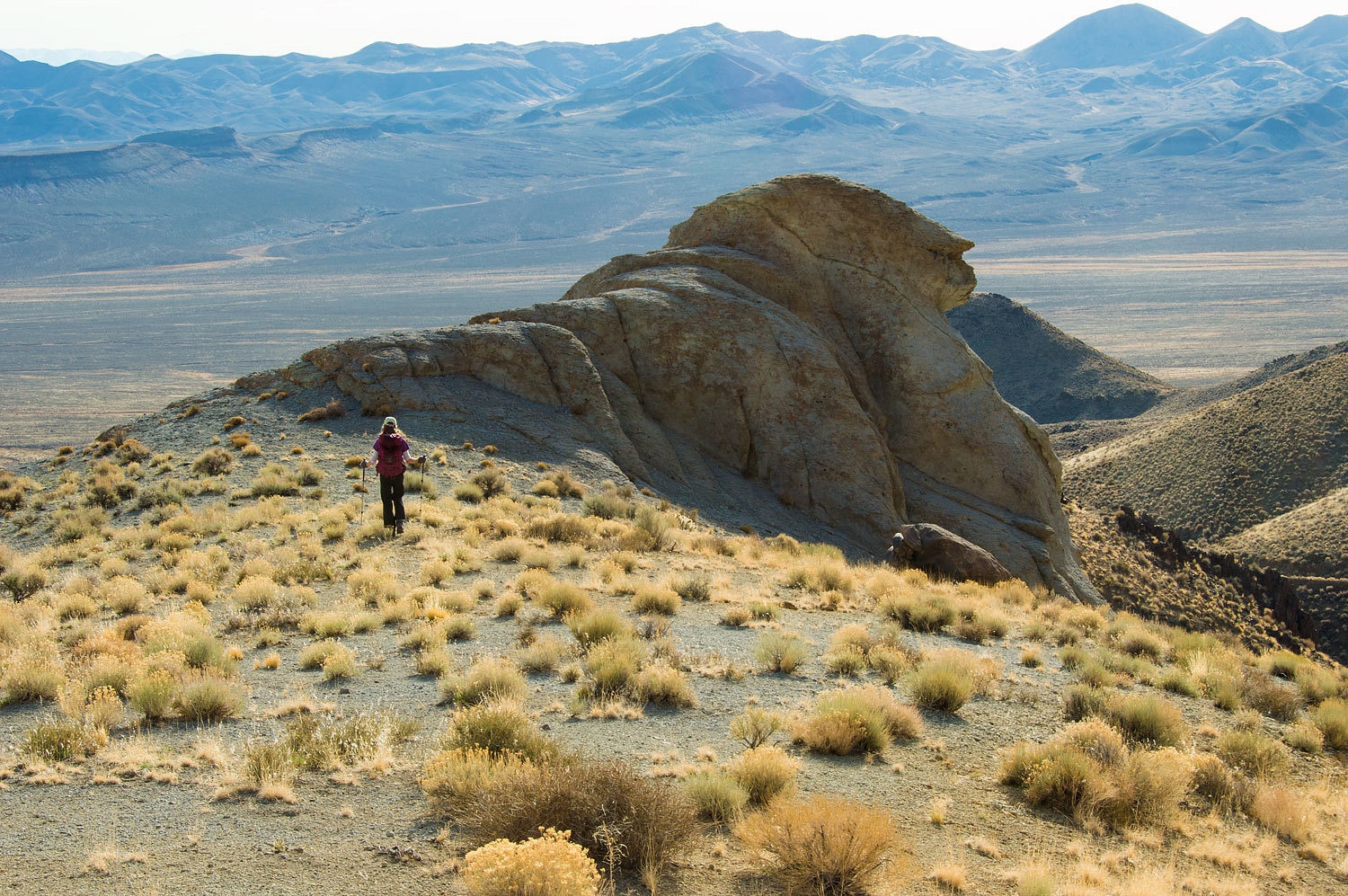

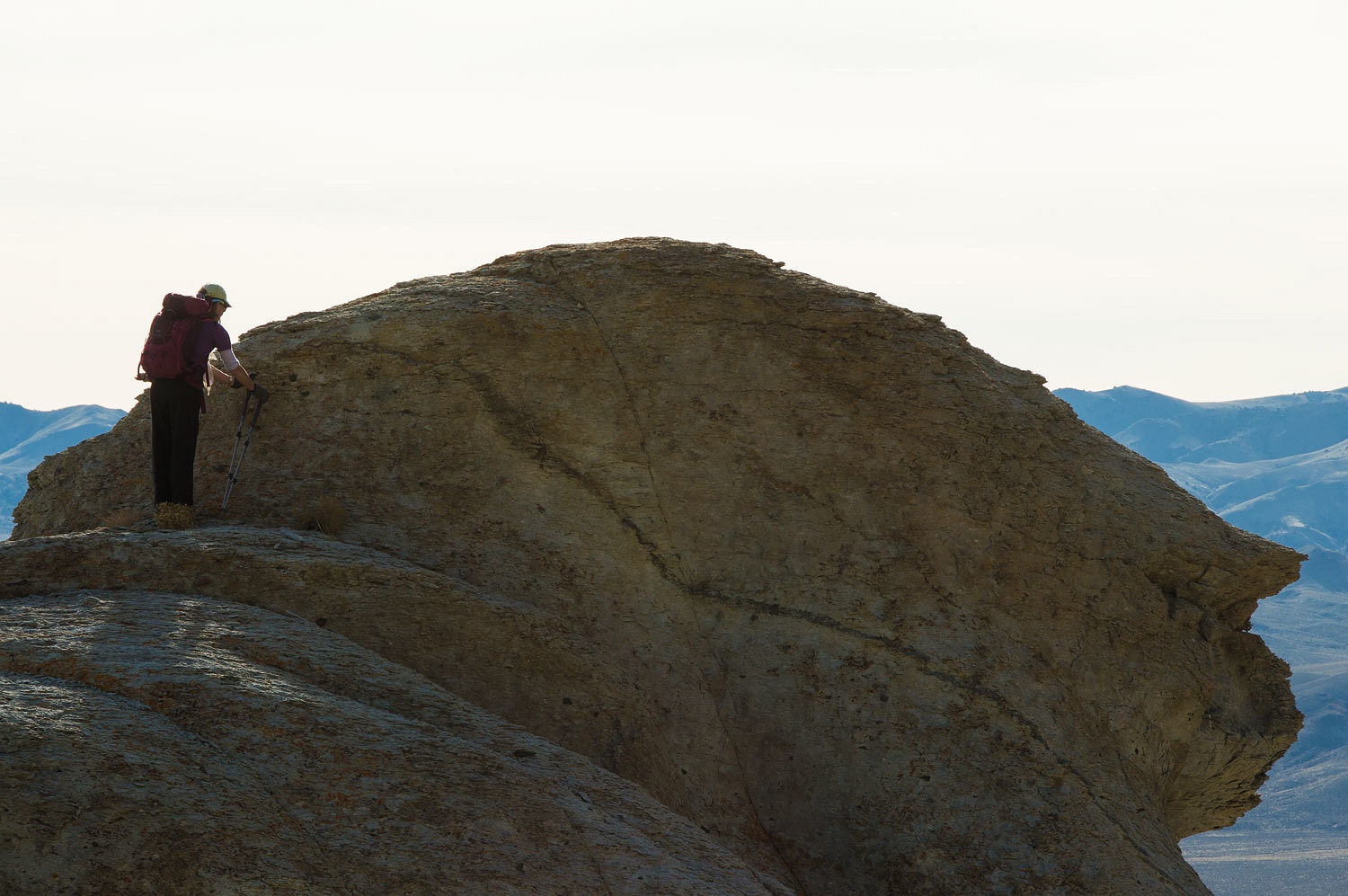
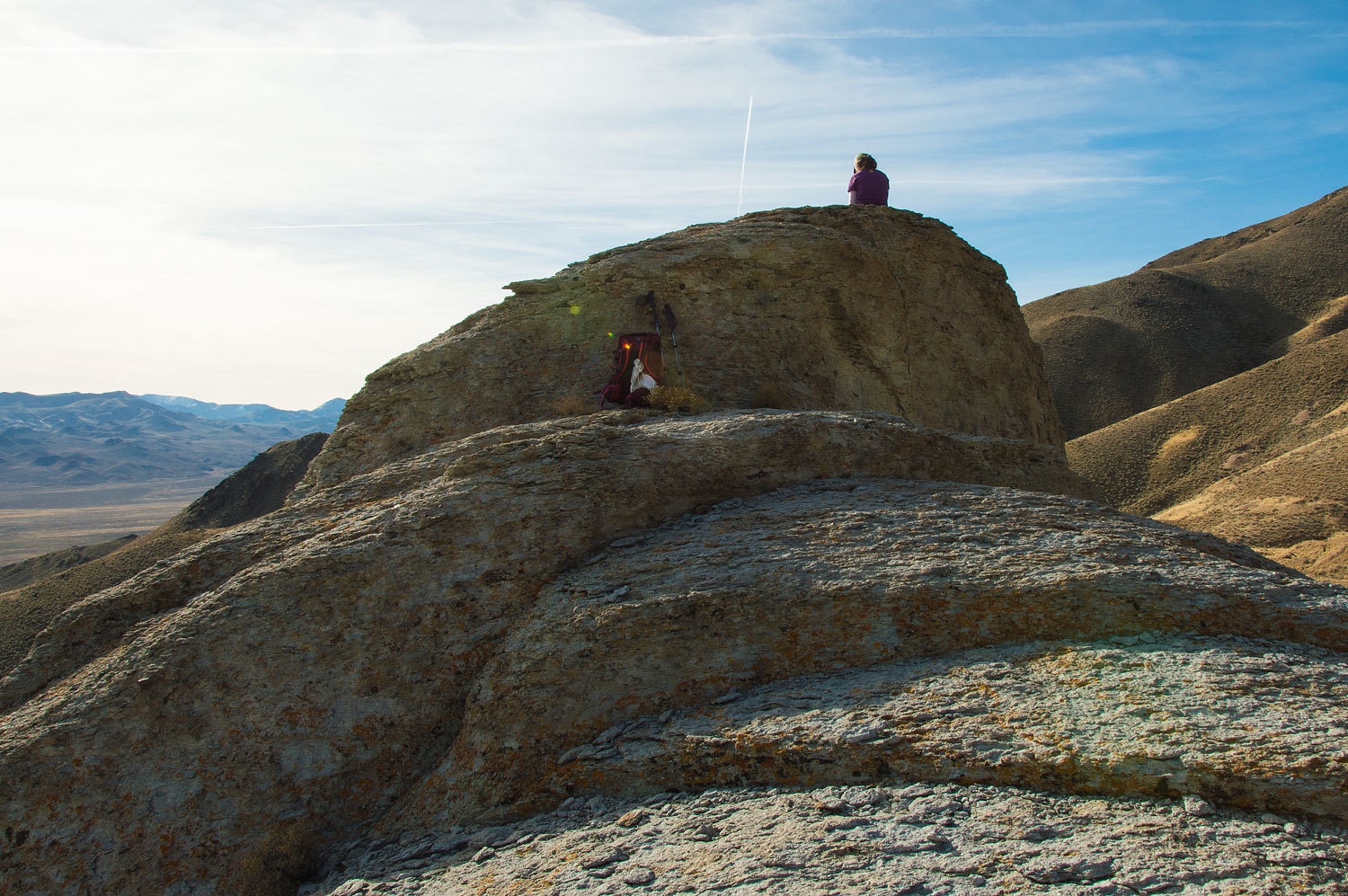
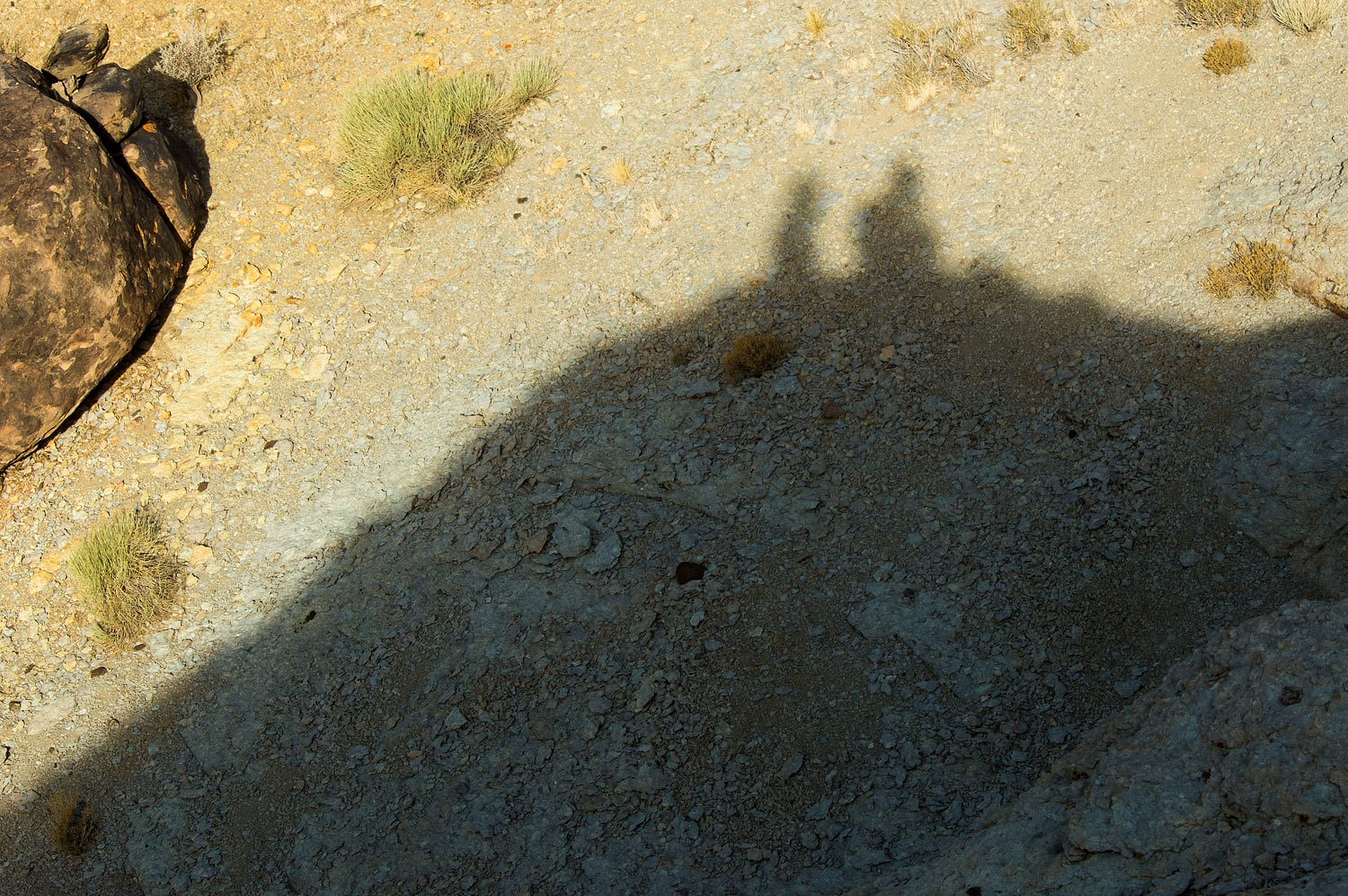
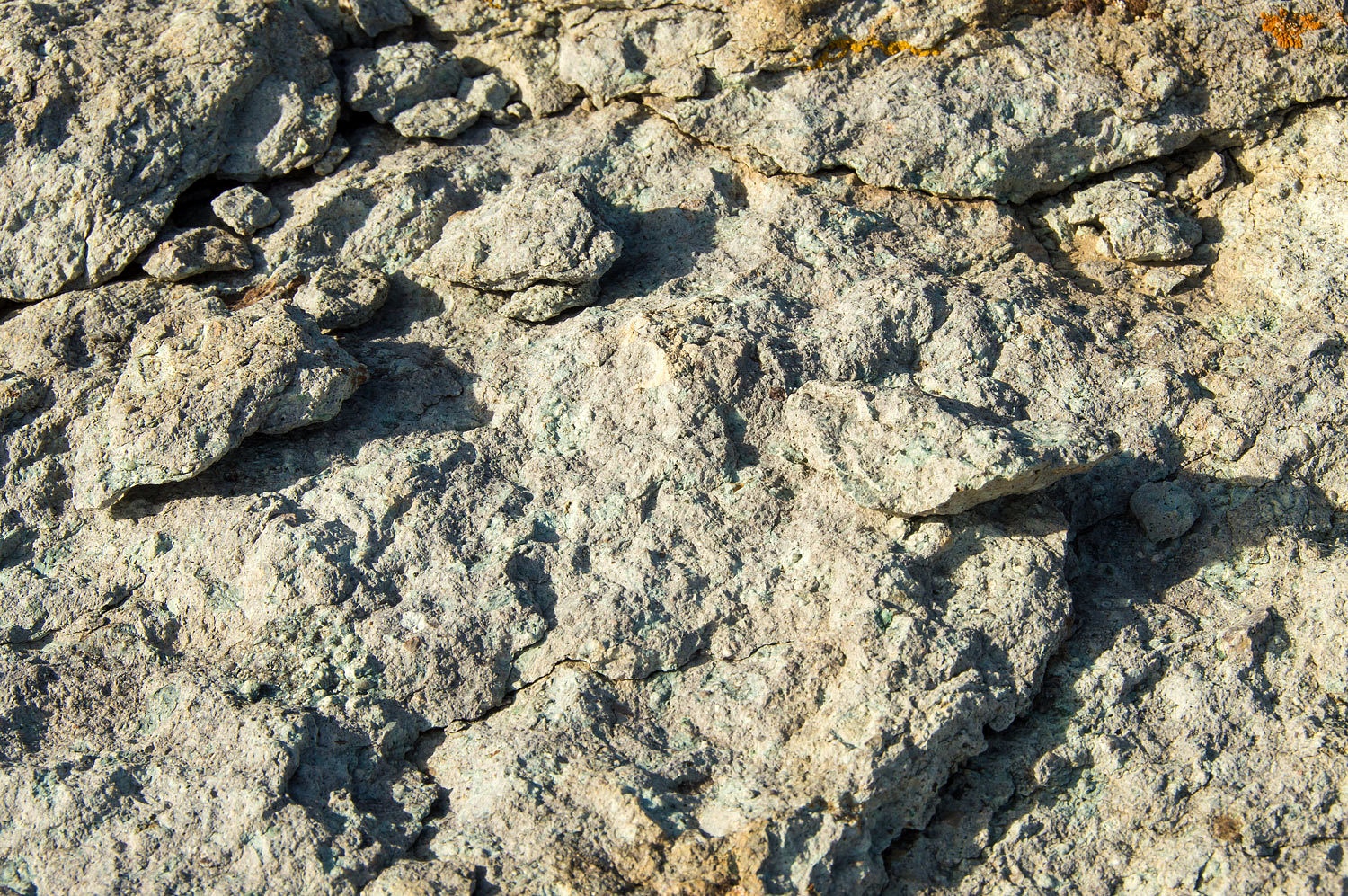
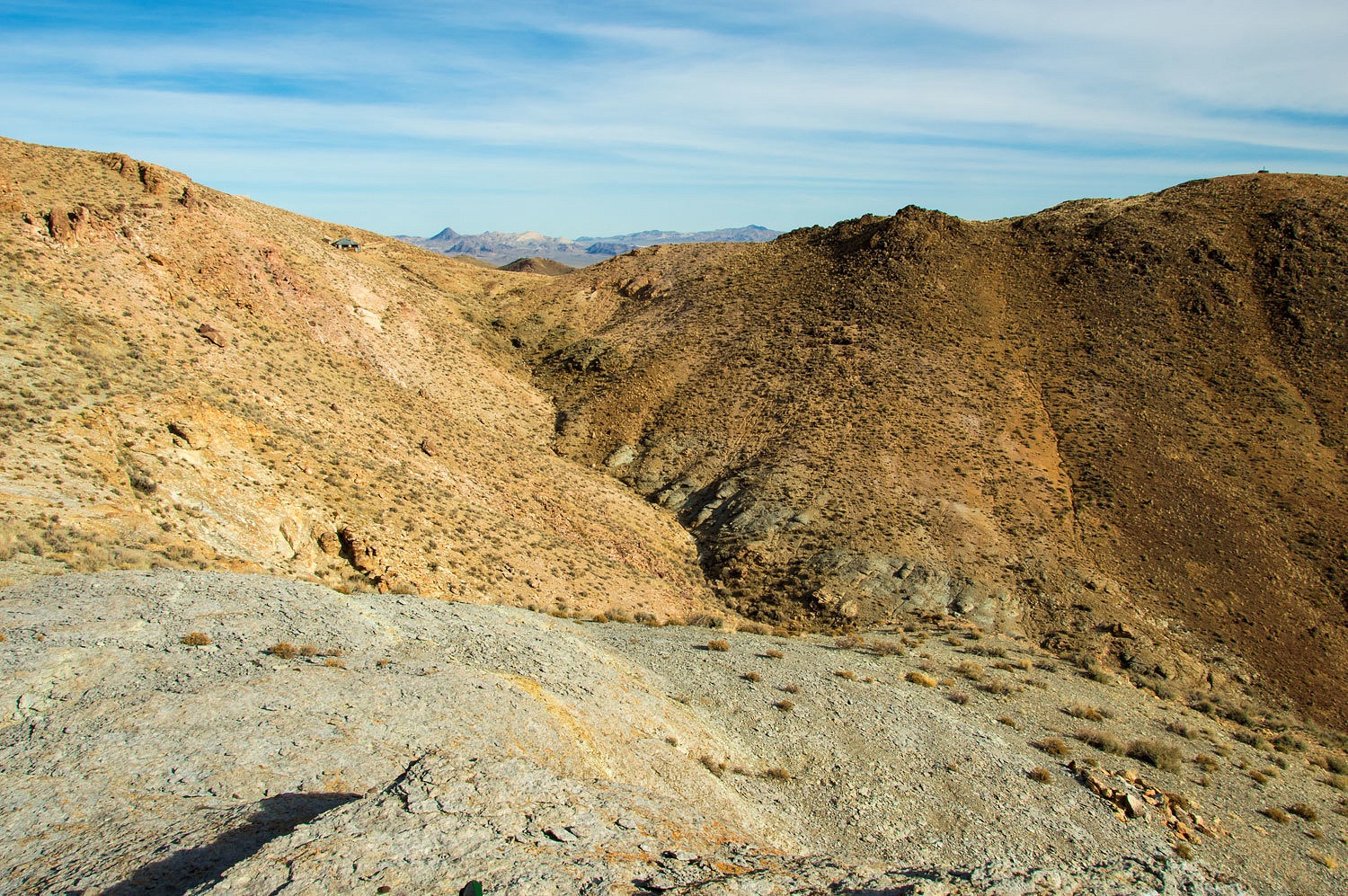
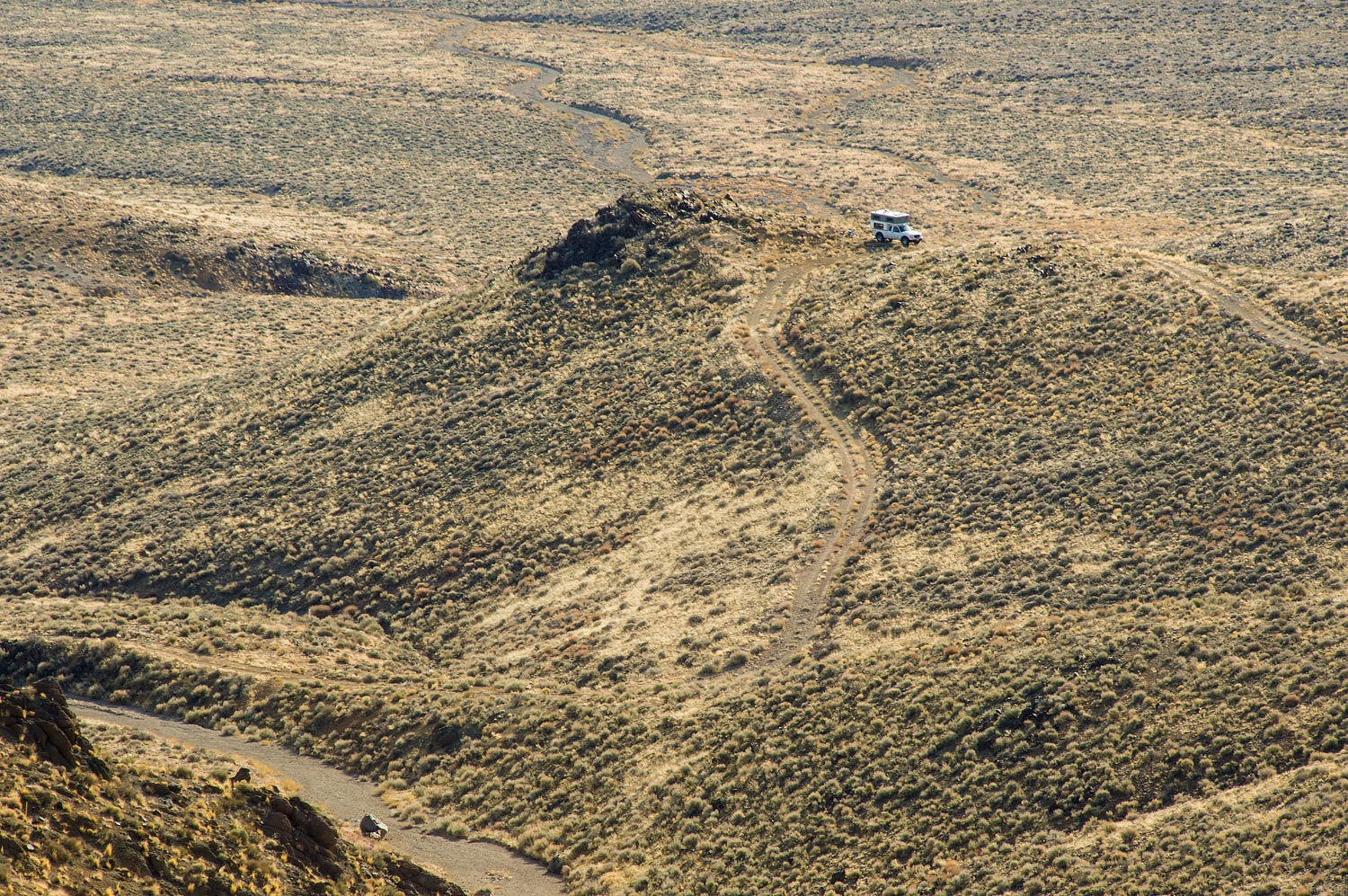
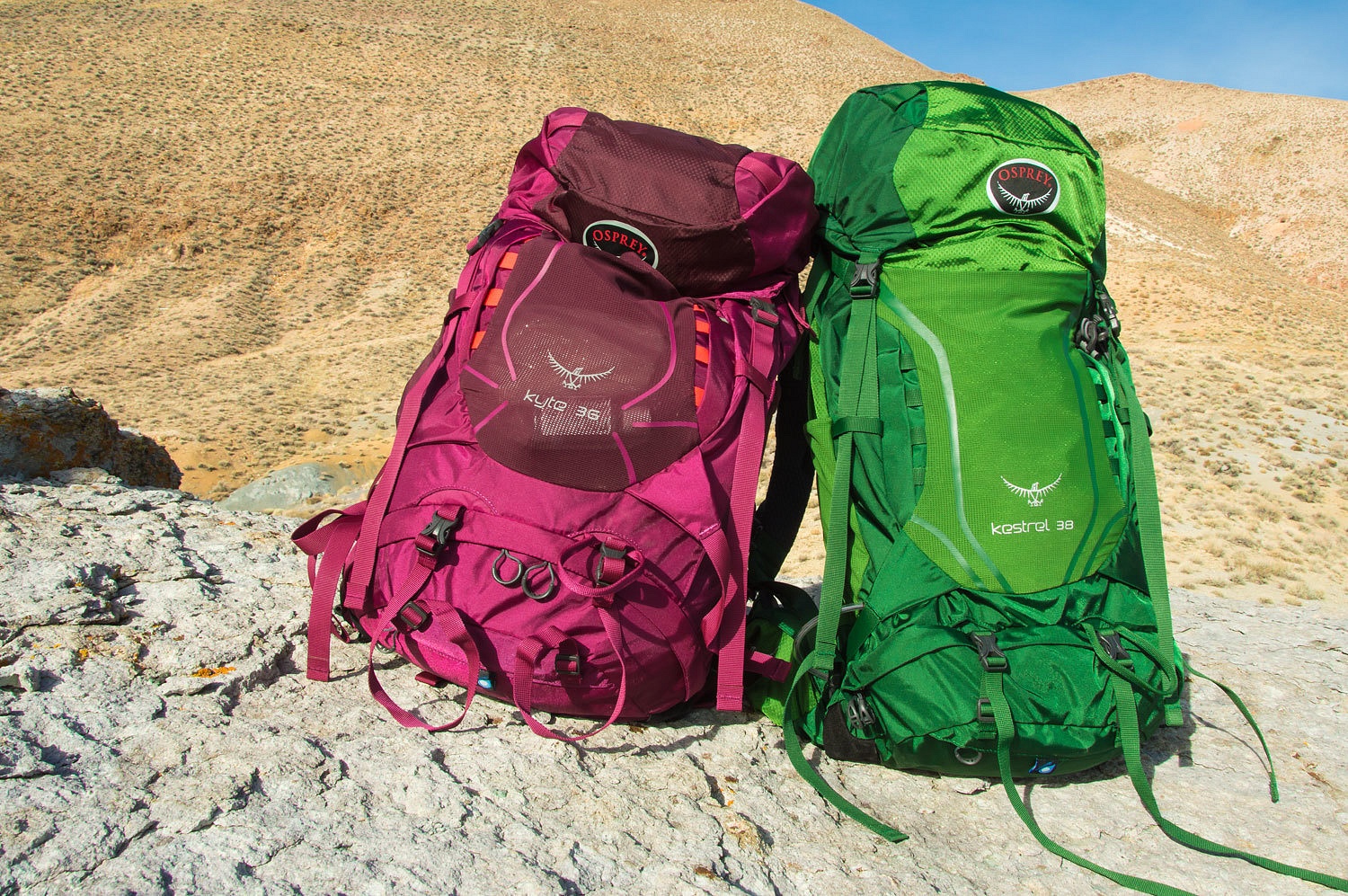
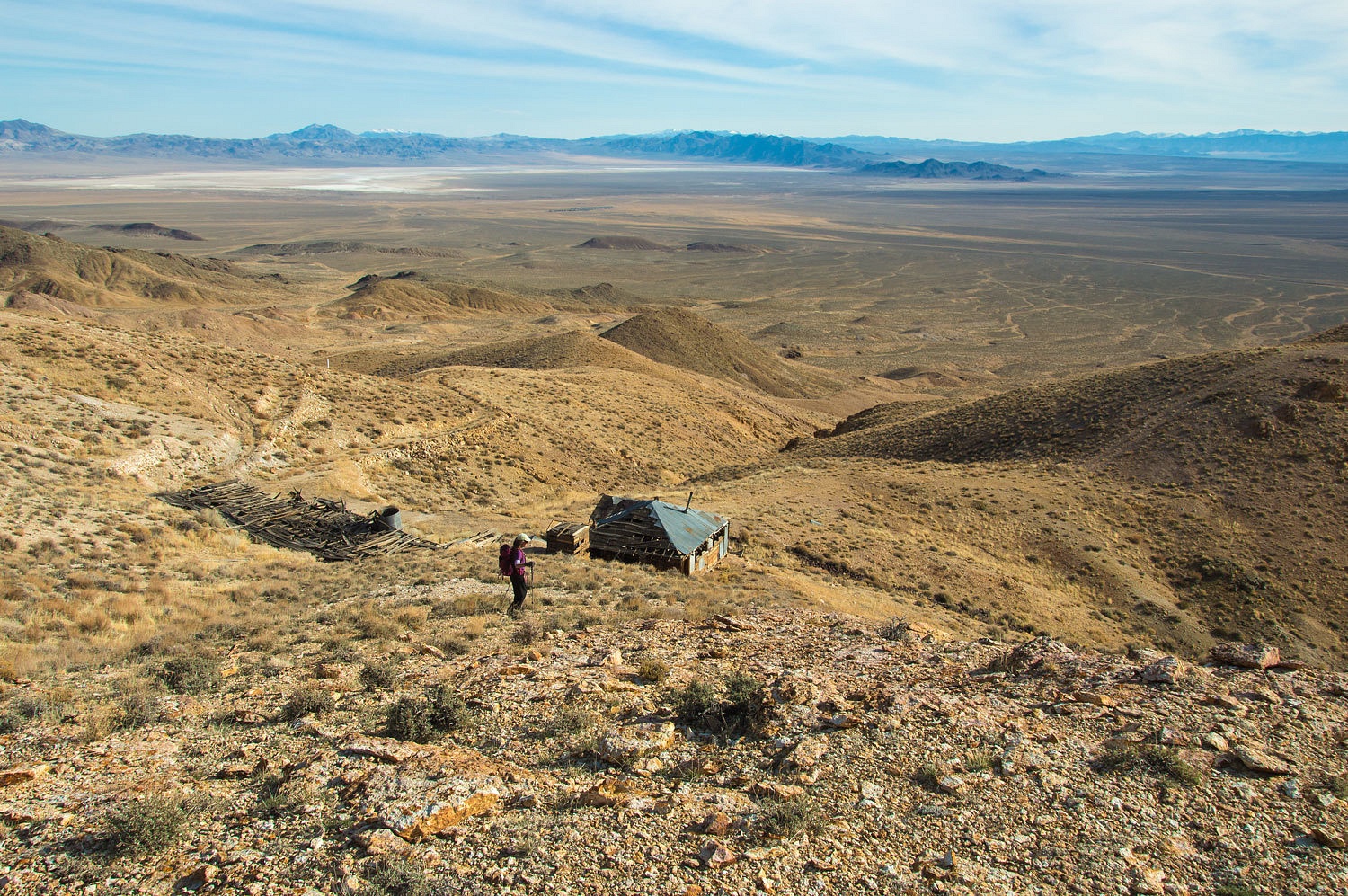
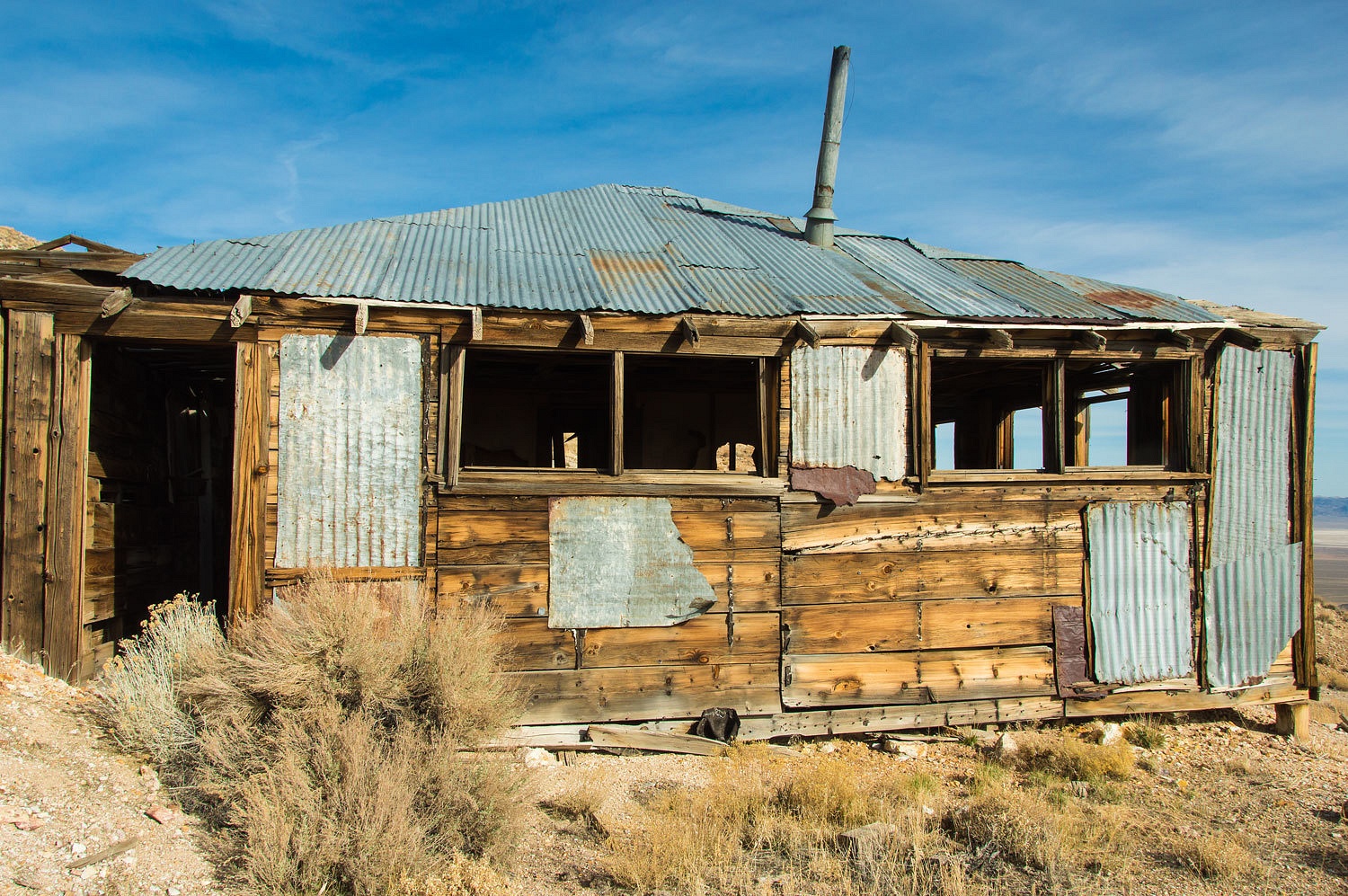
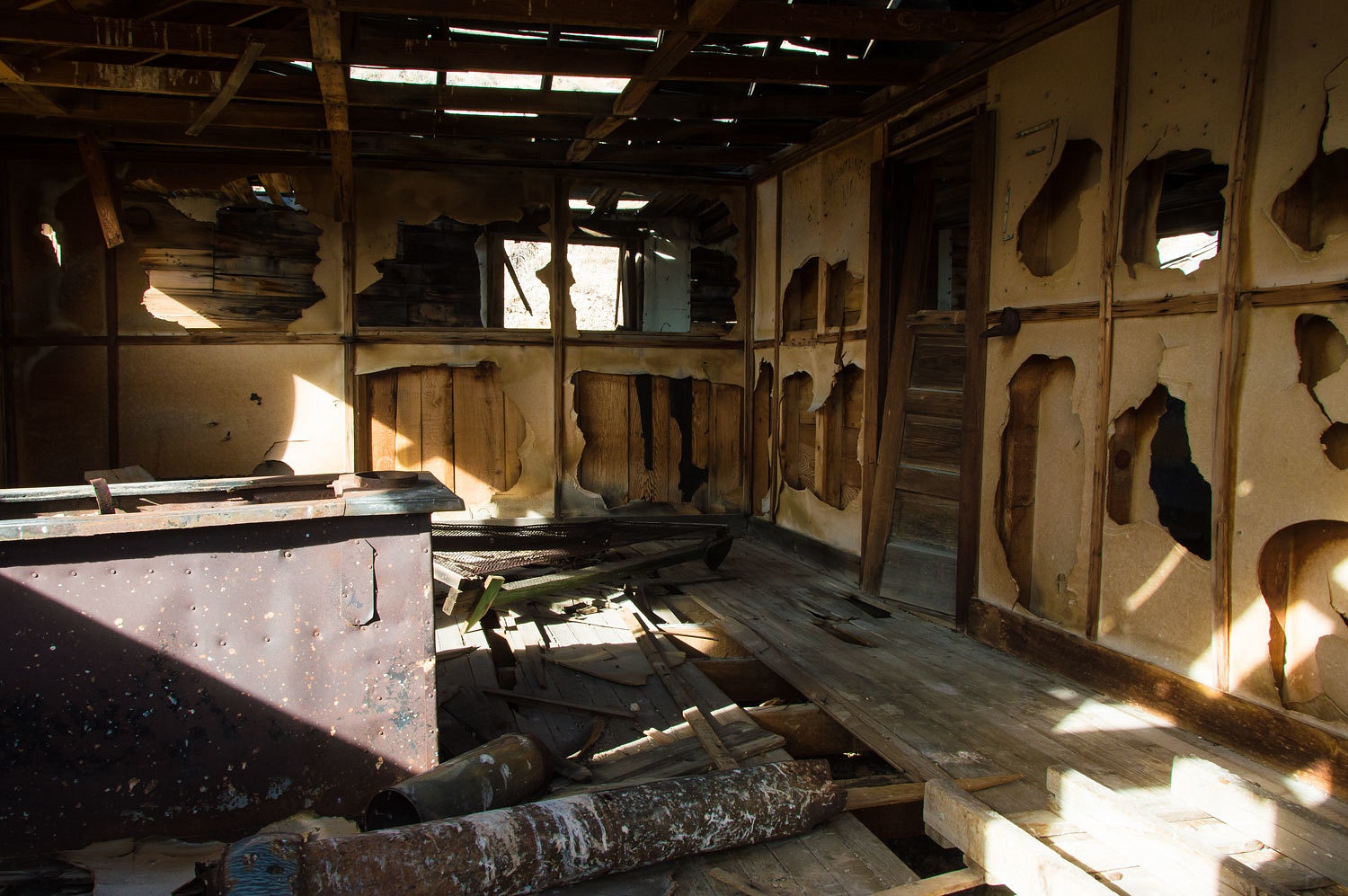



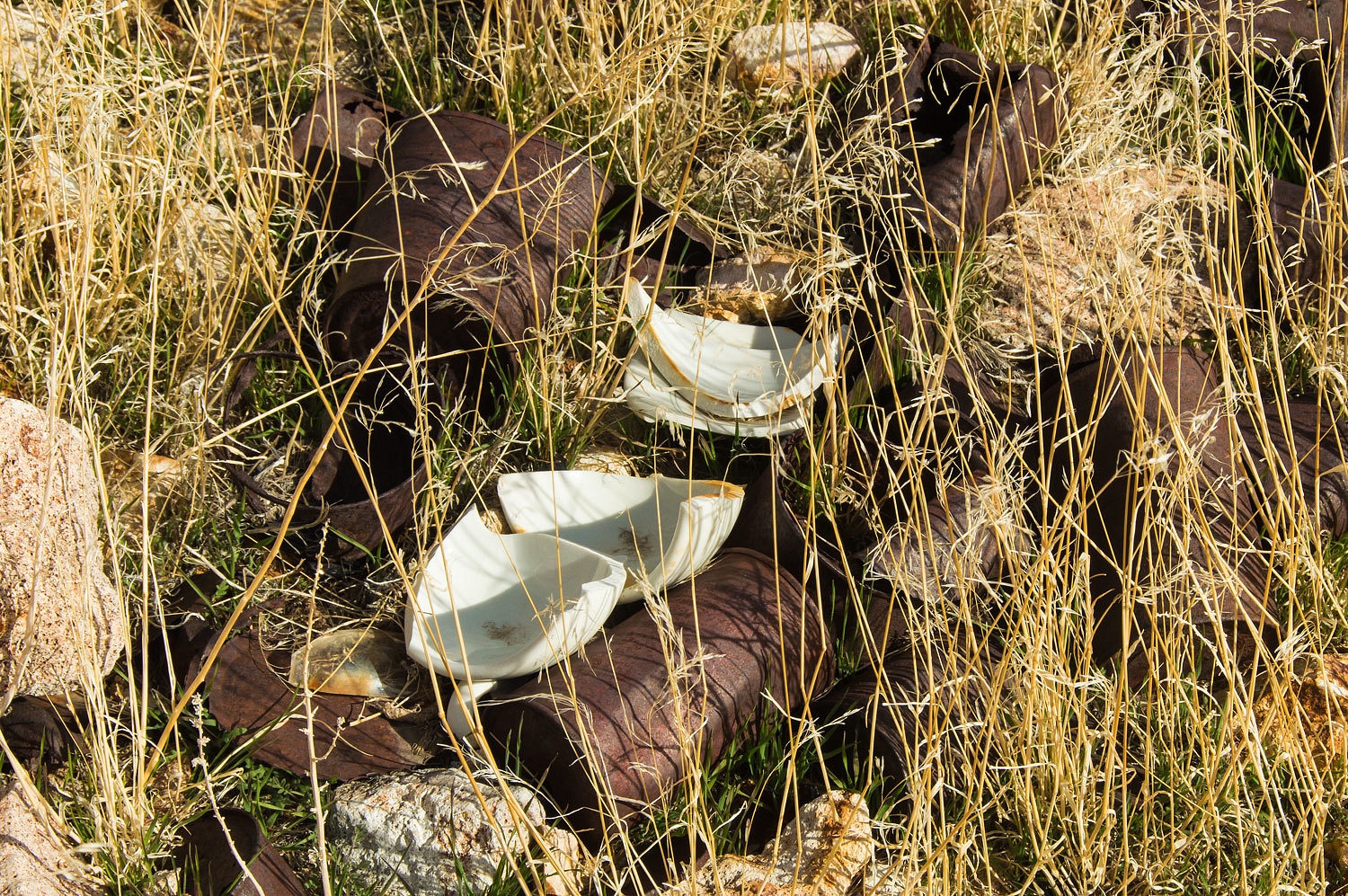
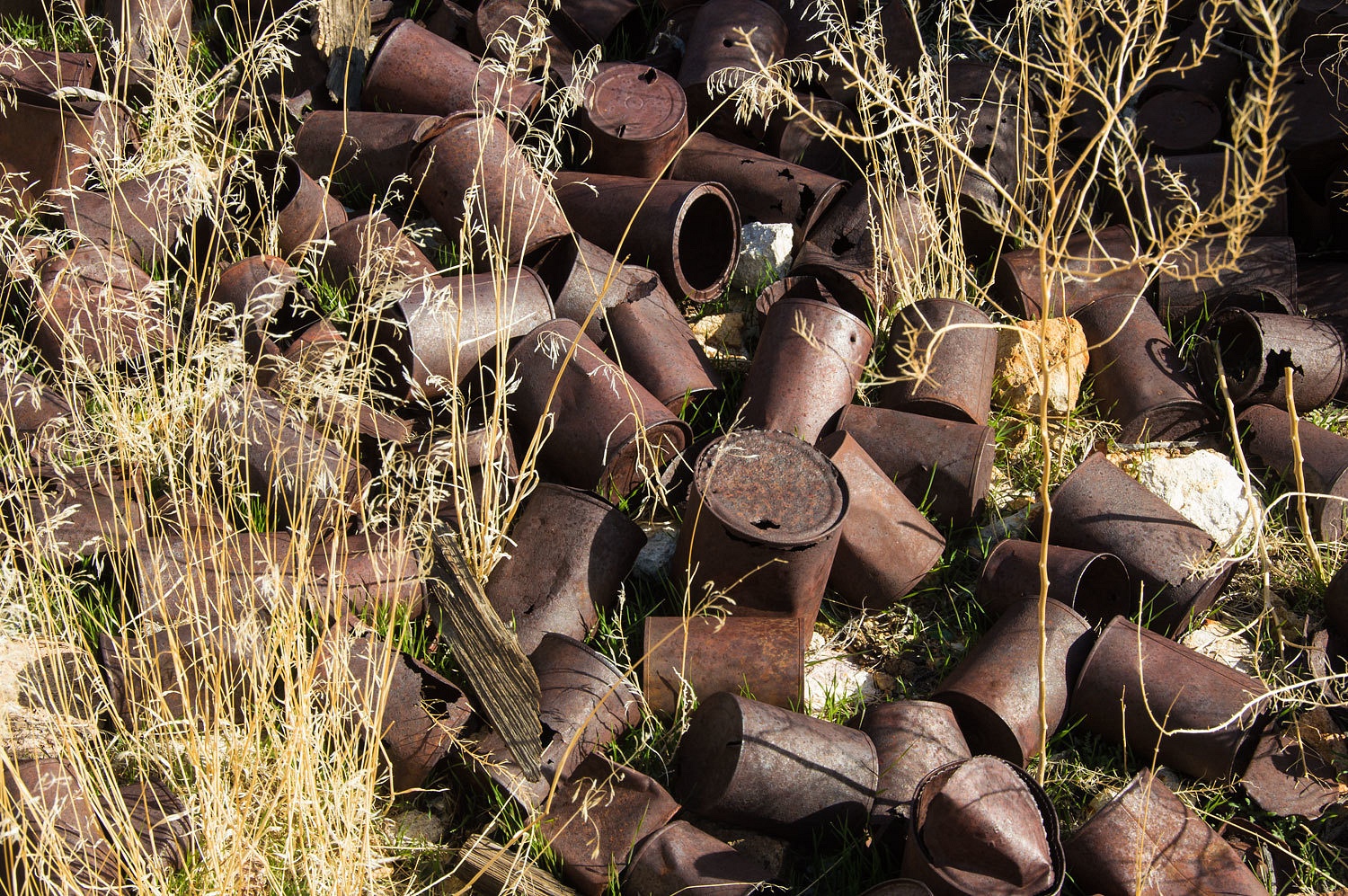

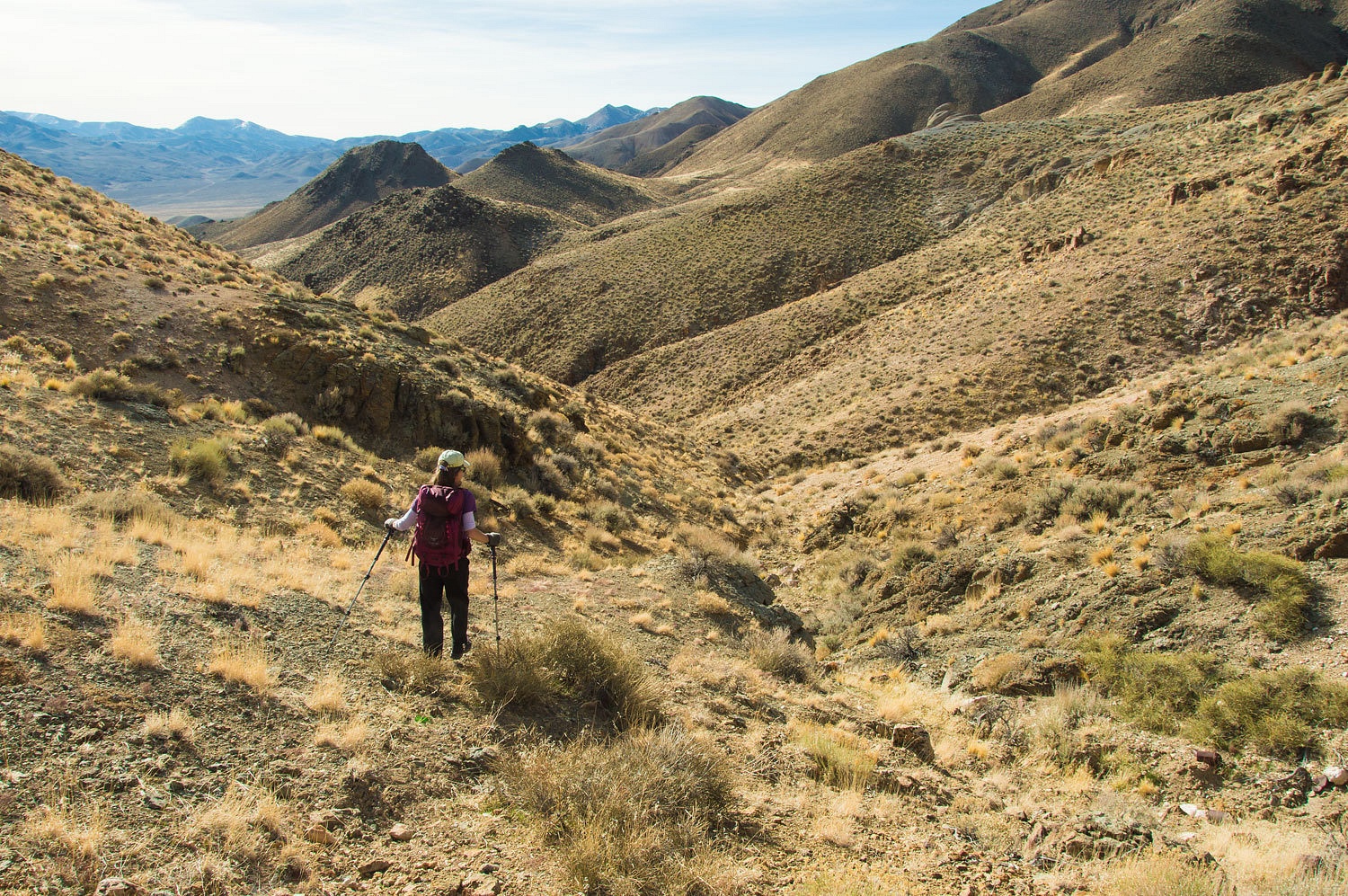
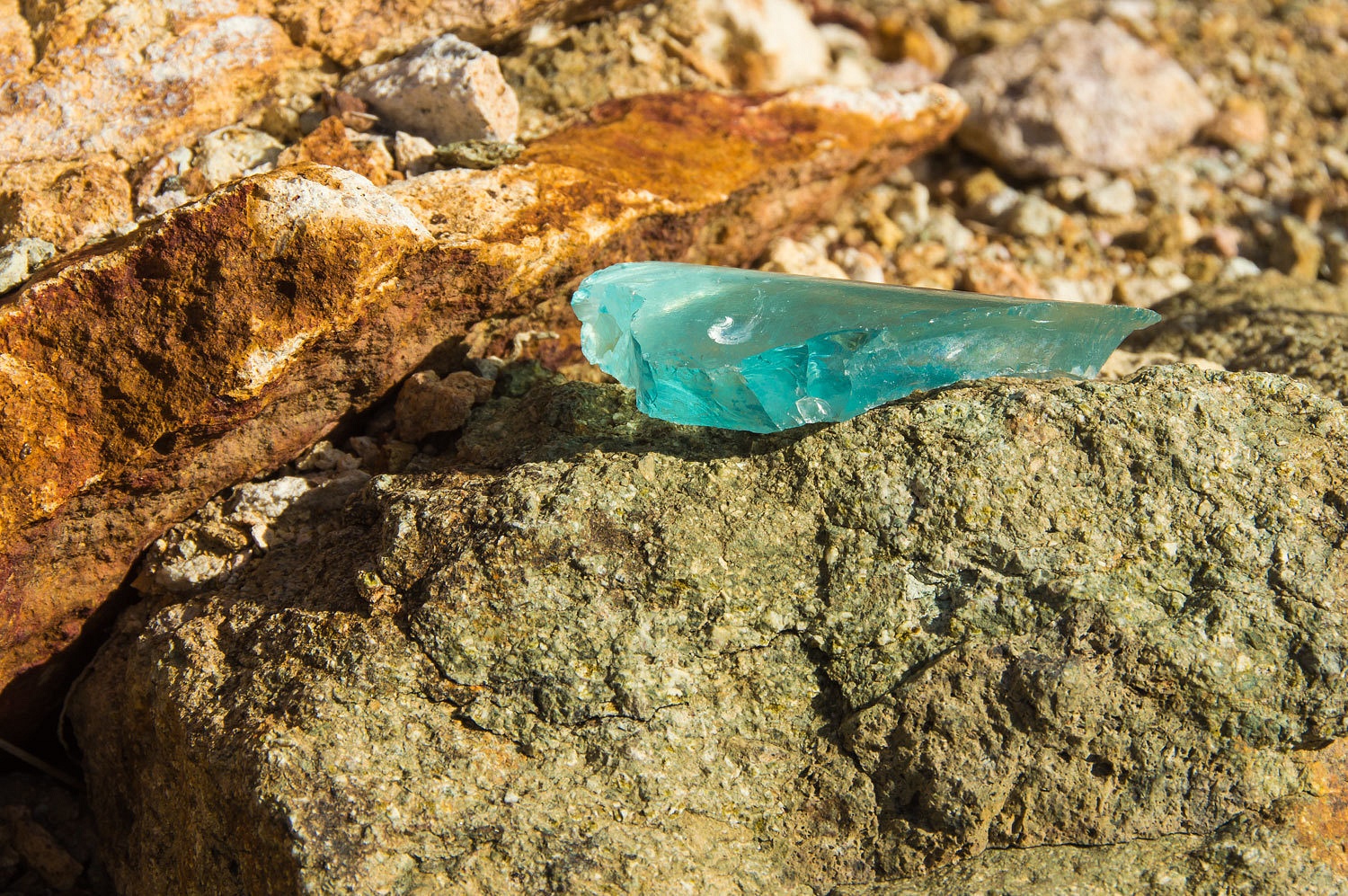
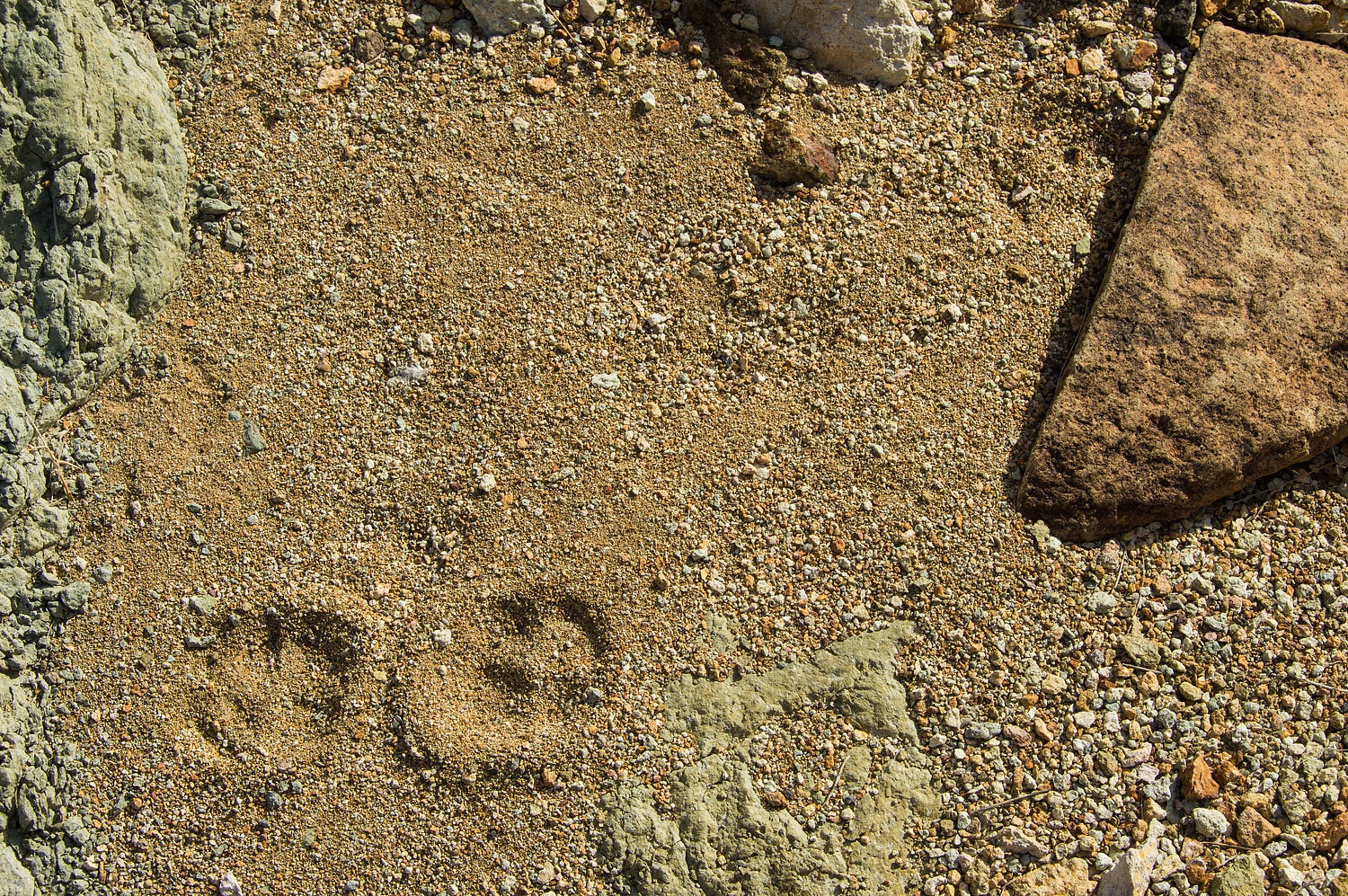
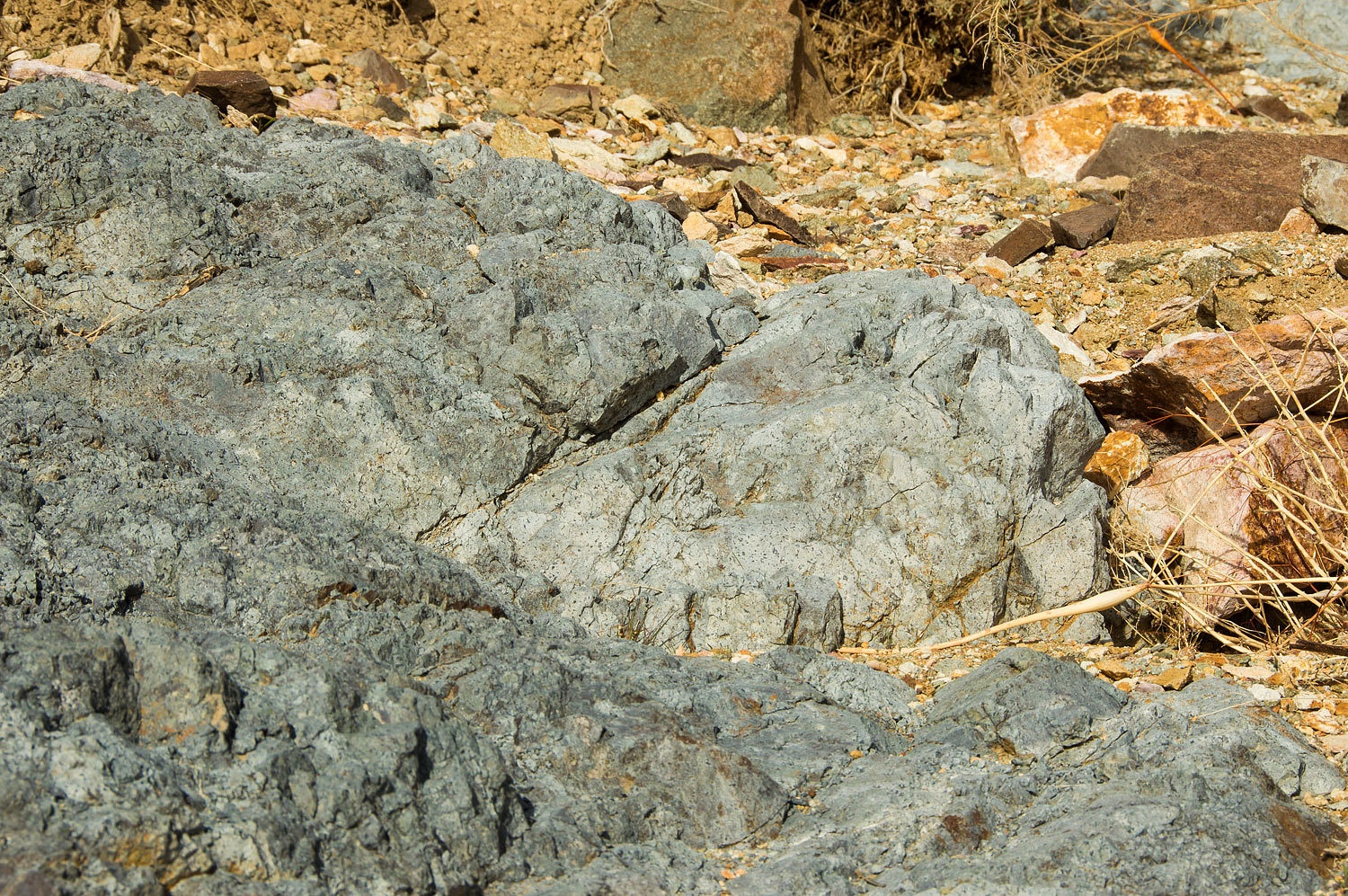
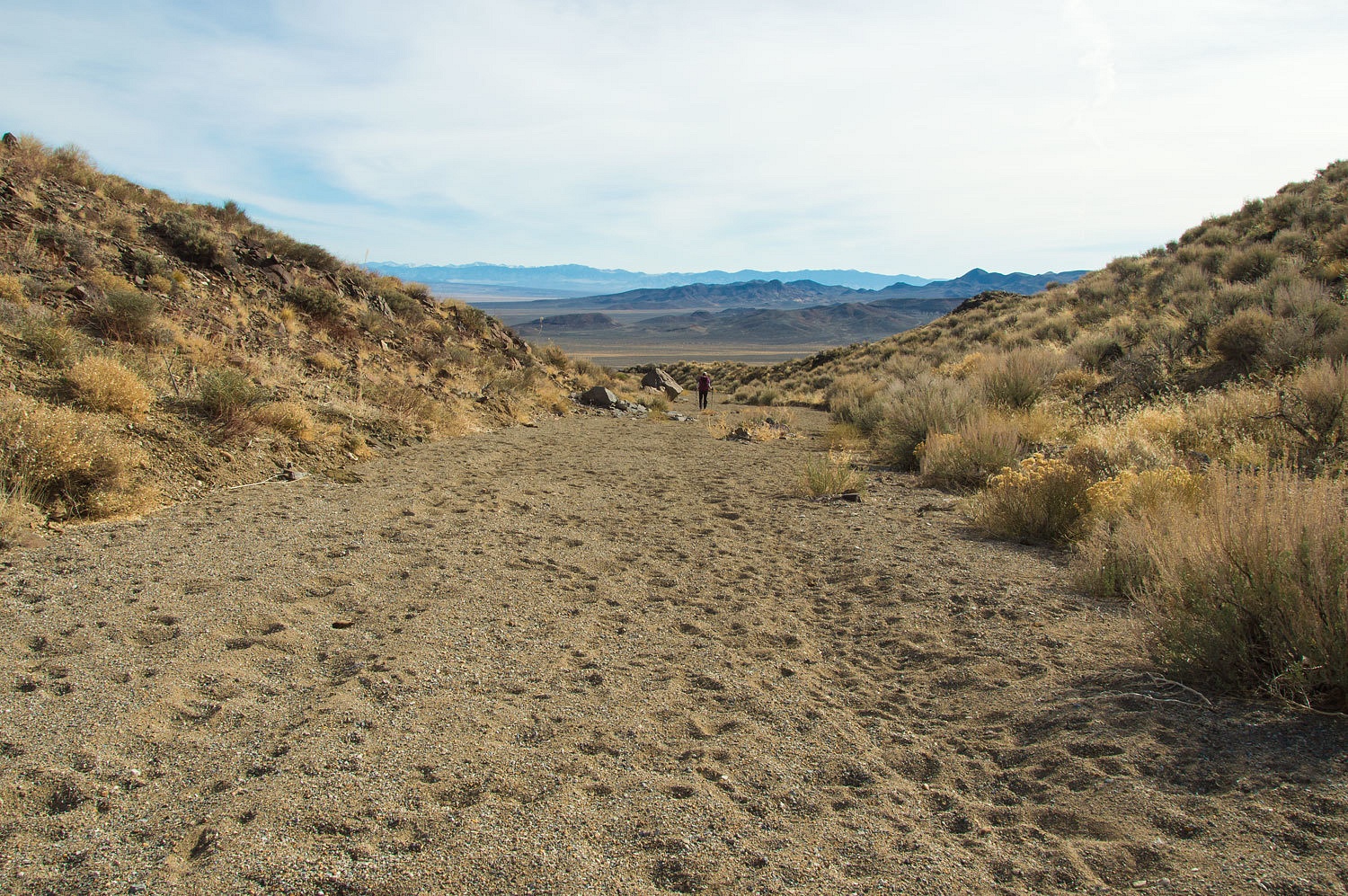
Monte again thanks for a most interesting trip.
ReplyDeleteFrank
Frank, you are most welcome.
ReplyDeleteI can always count on you to give us a taste of that high lonesome country -- thanks!!
ReplyDeleteDan, we are glad you are continuing to follow our adventures. Thanks for the kind comment!
Delete